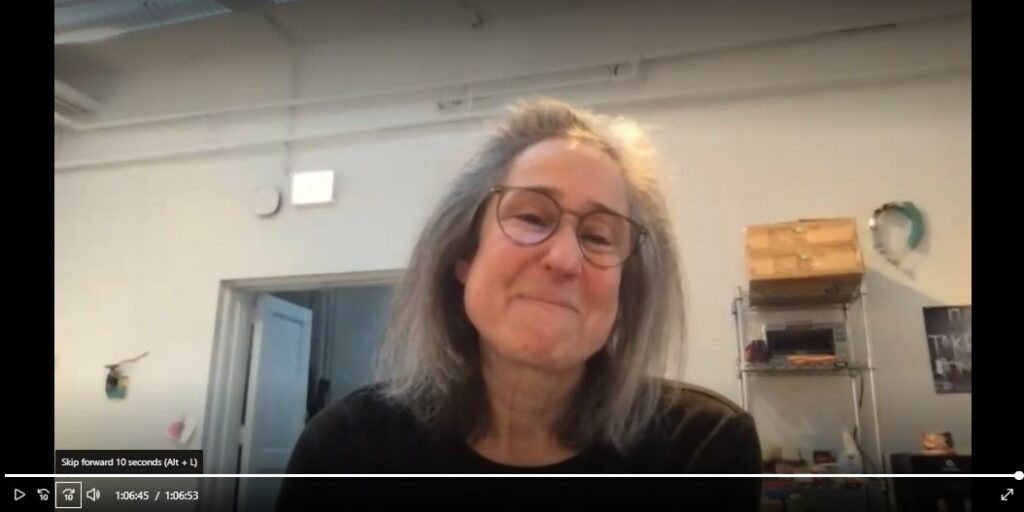
Annual Artist Interview with Jessica Stockholder
Date: February 18, 2022
CAA College Art Association of America, Inc.

Date: February 18, 2022
CAA College Art Association of America, Inc.

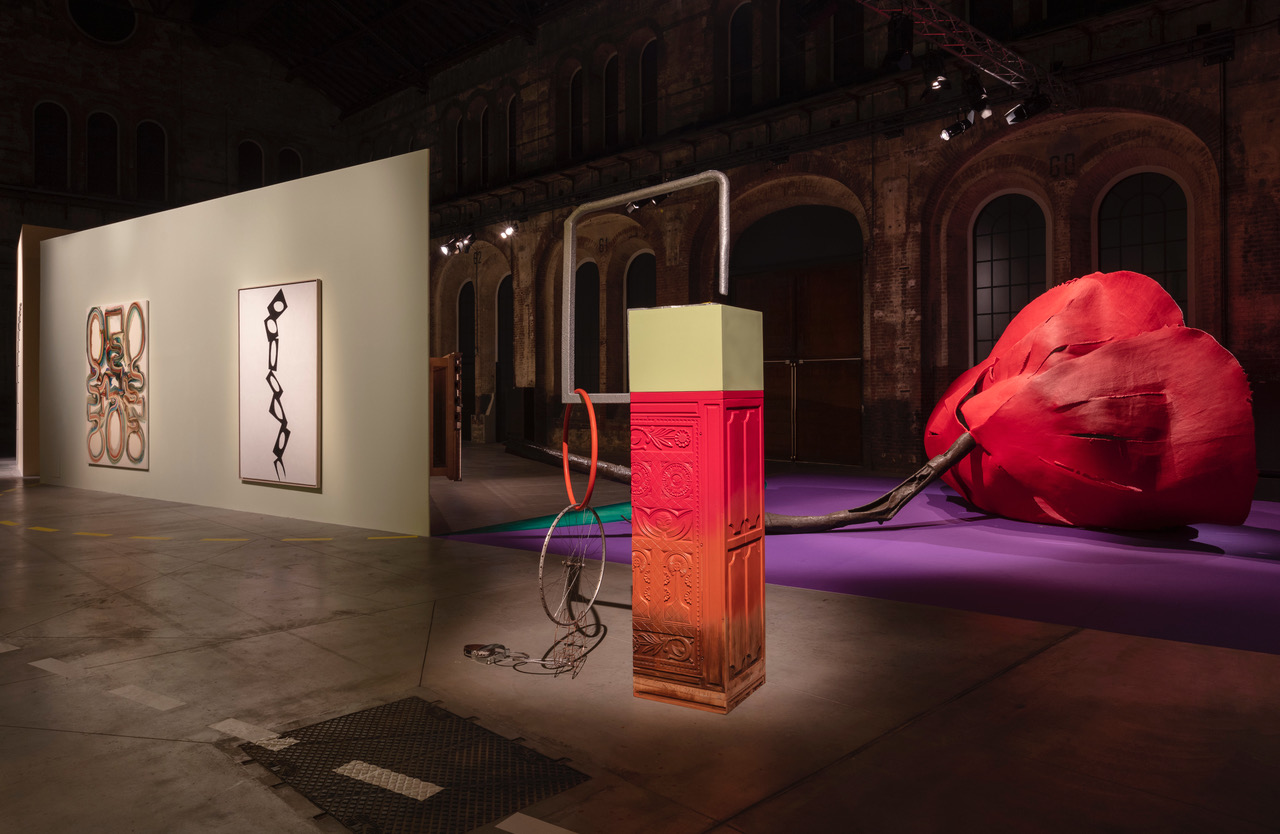
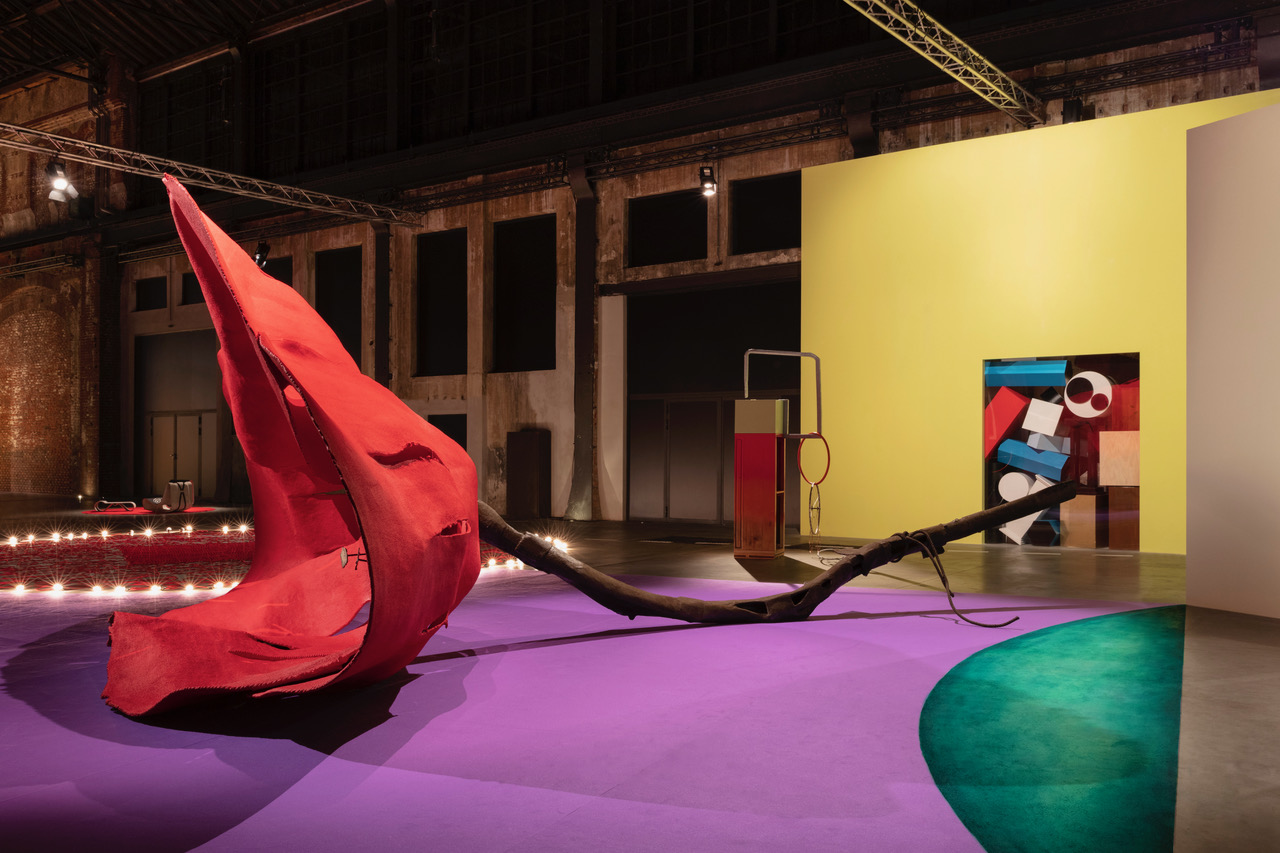
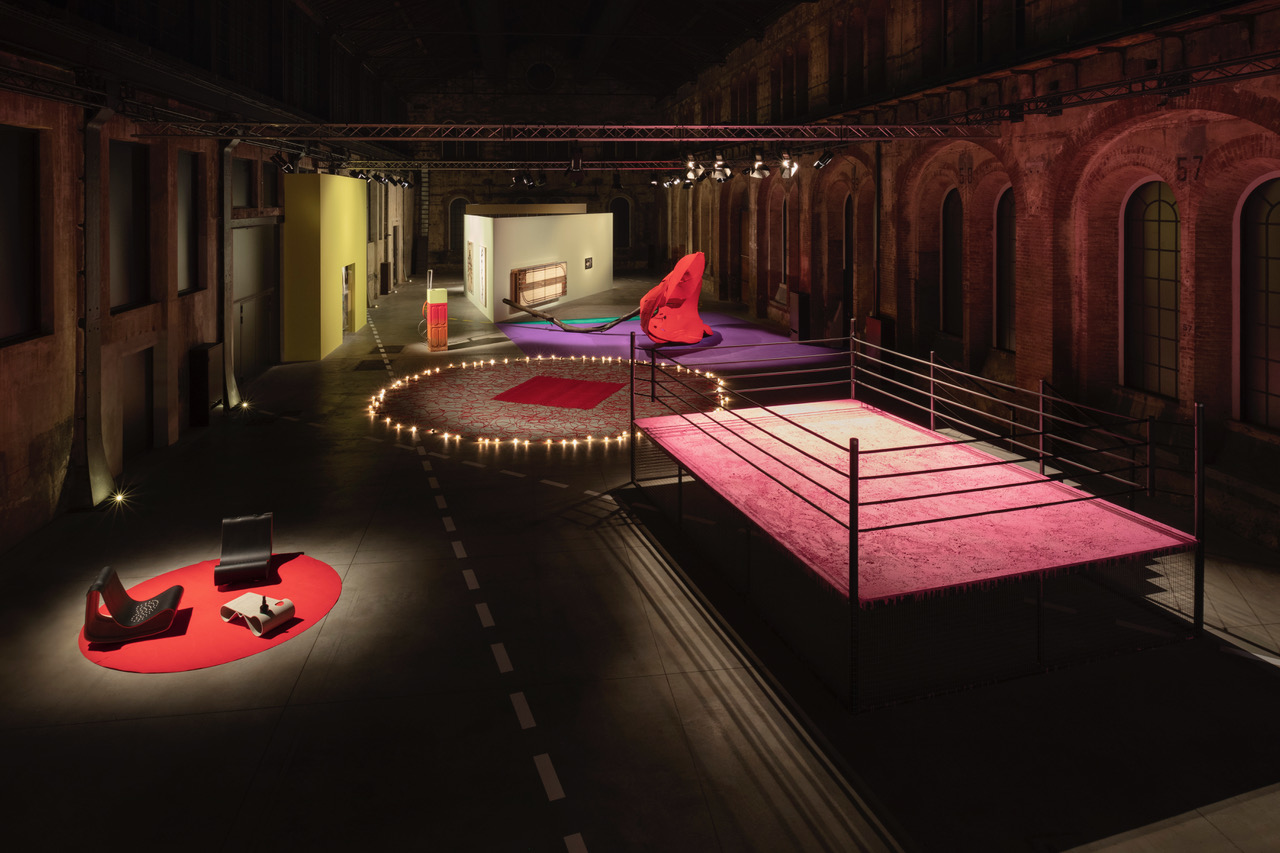
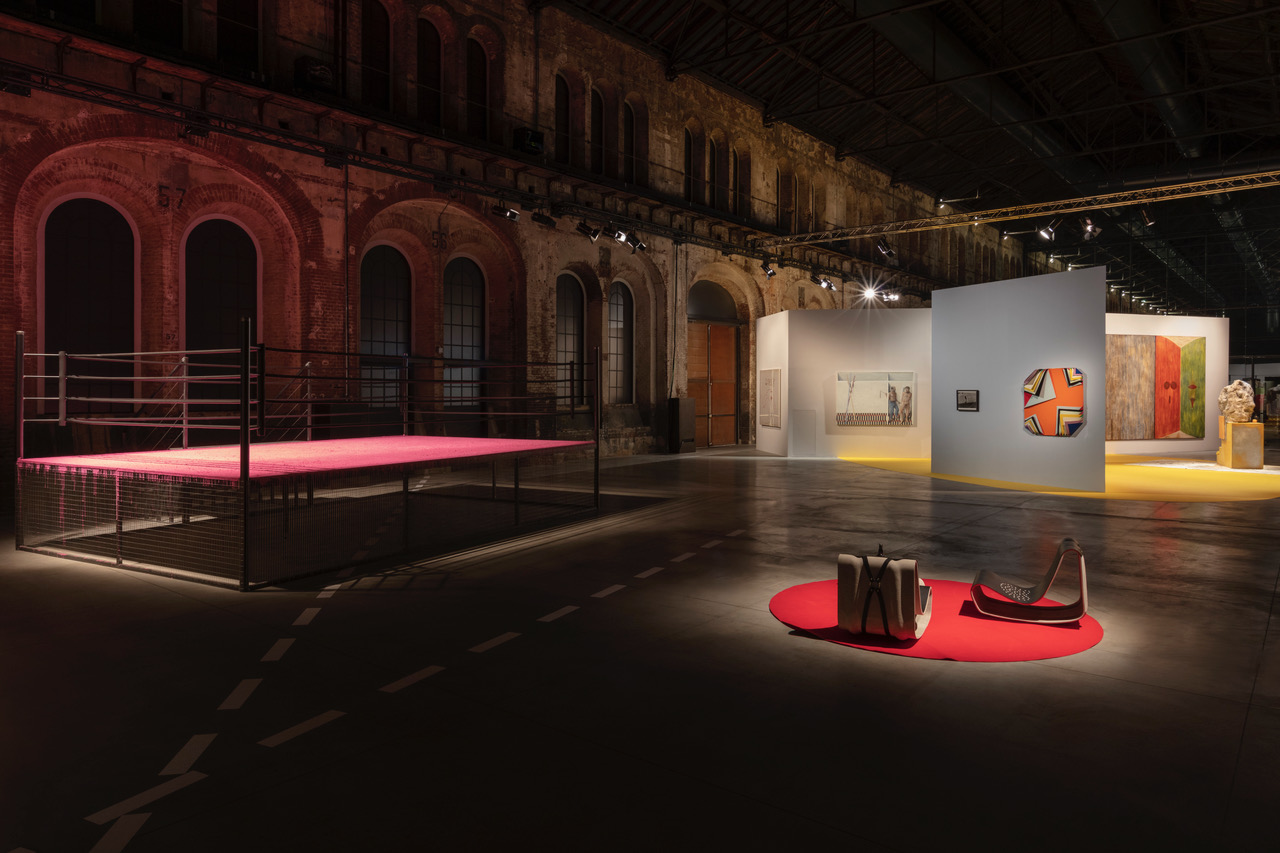

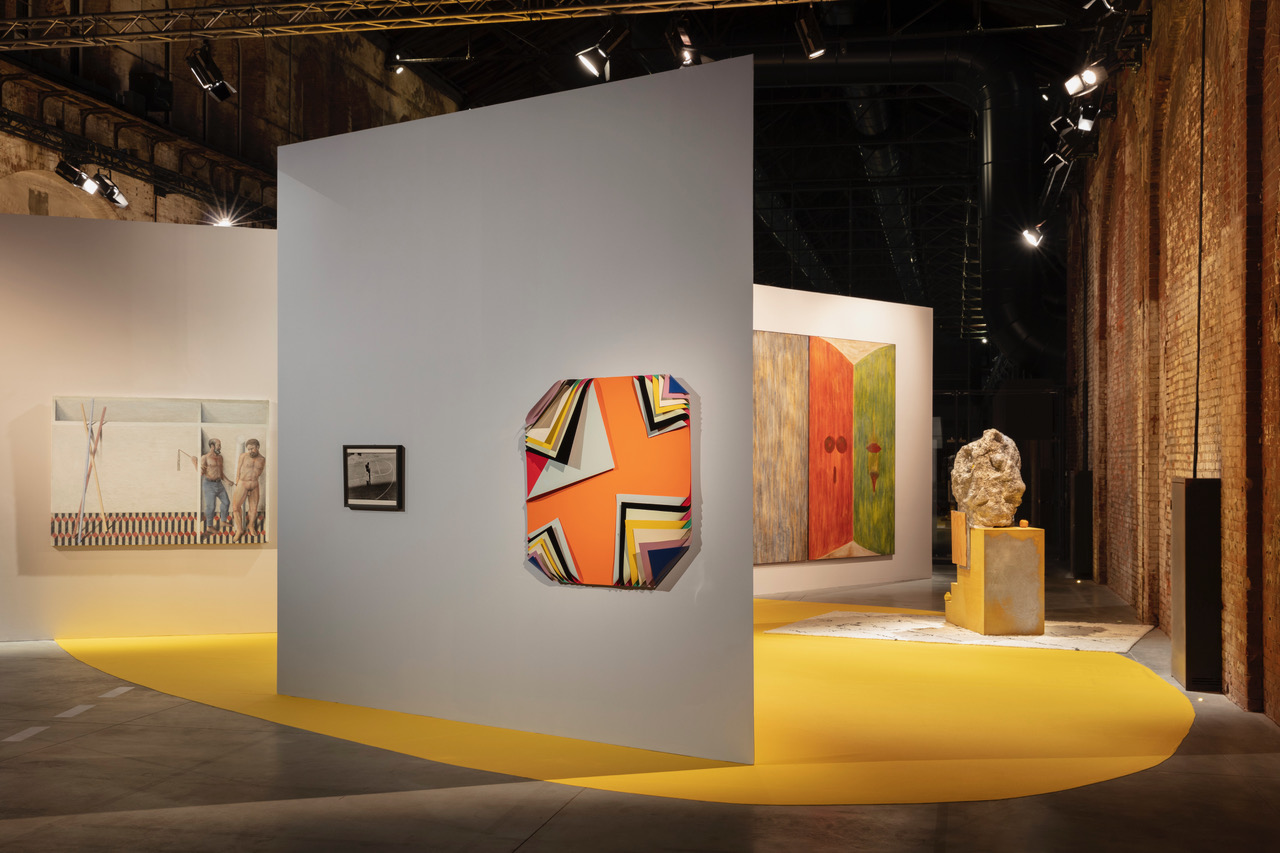
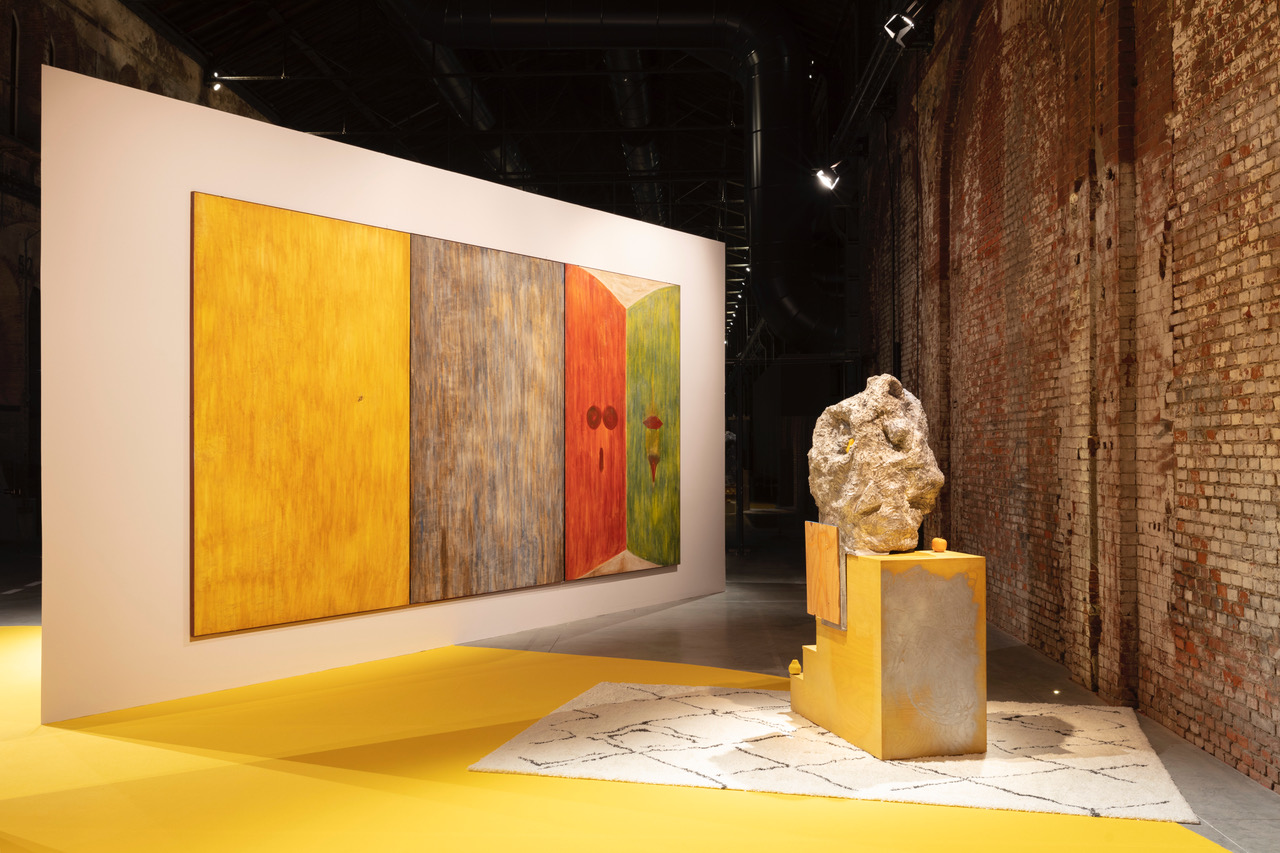
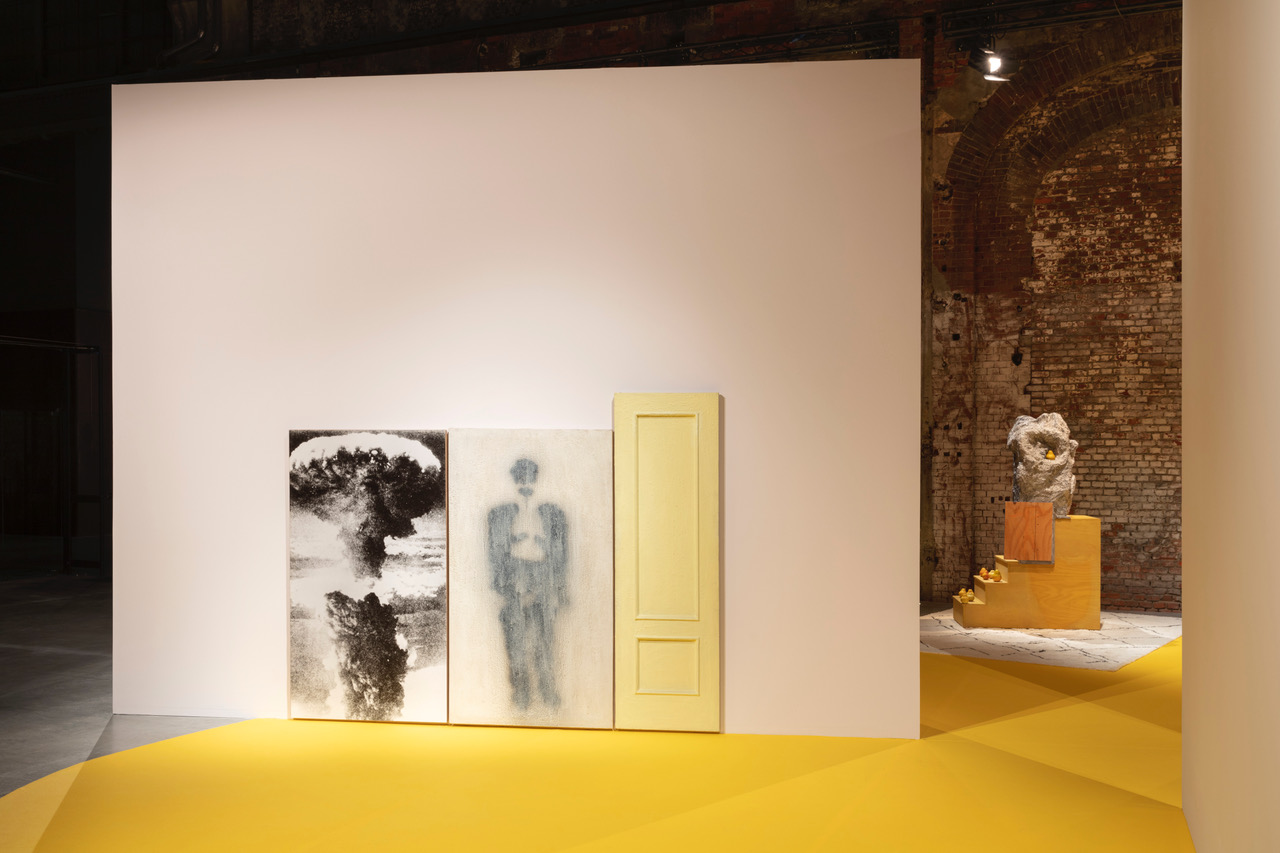
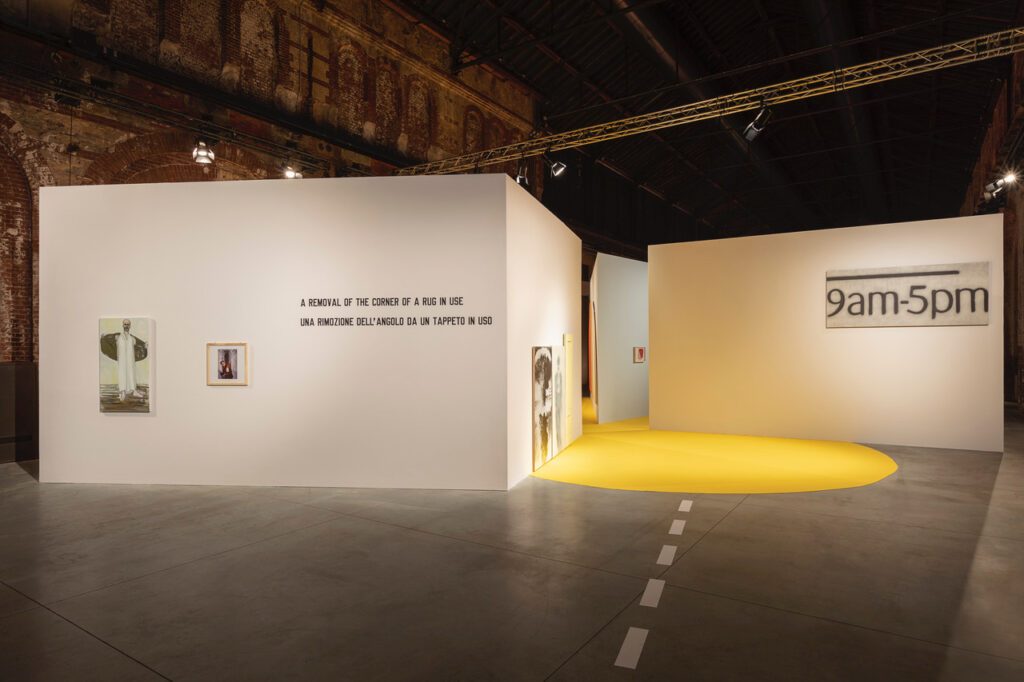
Date: February 11, 2021 – May 8, 2021
Place: OGR Torino – Officine Grandi Riparazioni, Corso Castelfidardo, 22 10138 Torino – Italy OGR Torino
Introductory brochure Read/download introductory brochure (English) in PDF format (with hyperlinks to works of art referenced)
Exhibition map/legend Read/download exhibition map (English) in PDF format
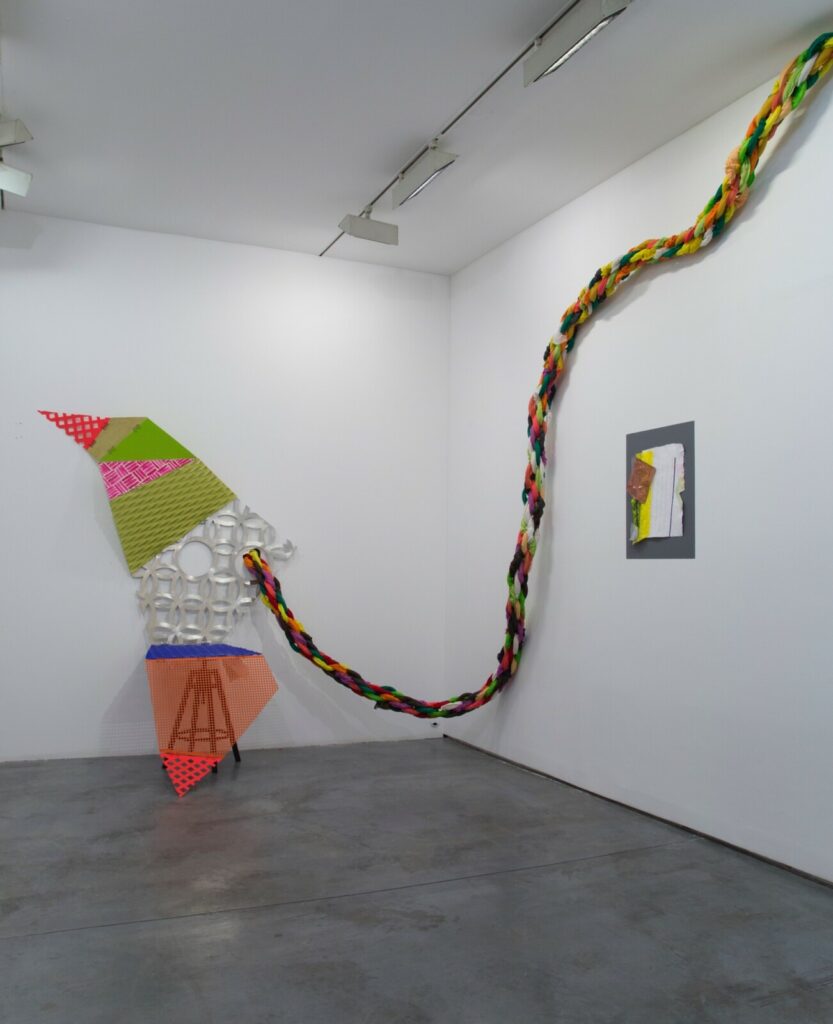
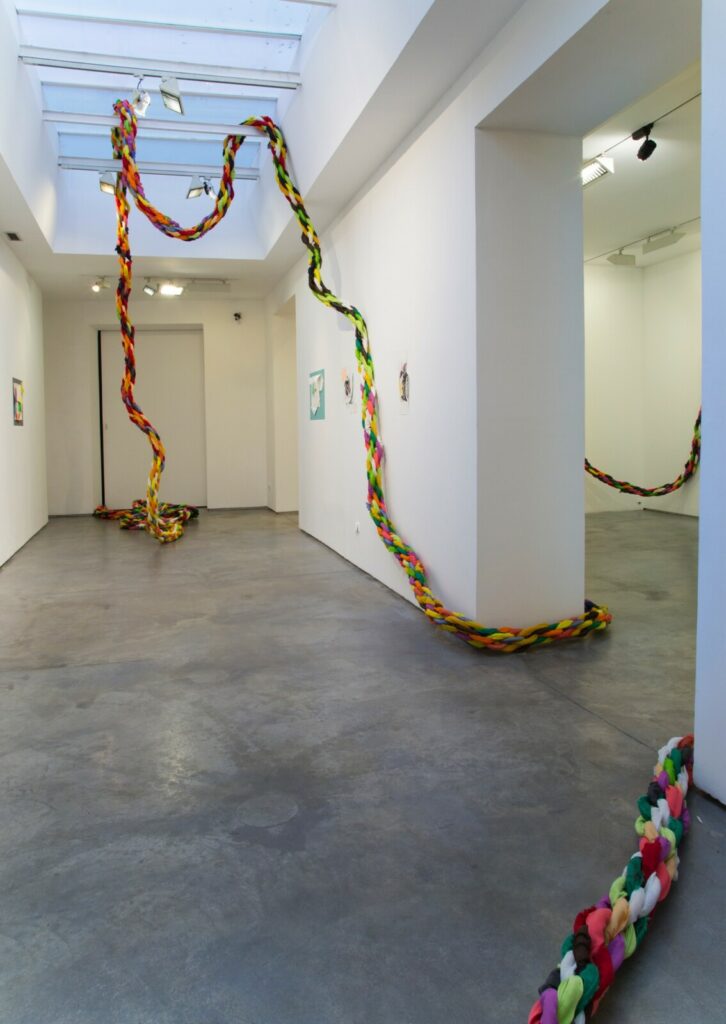
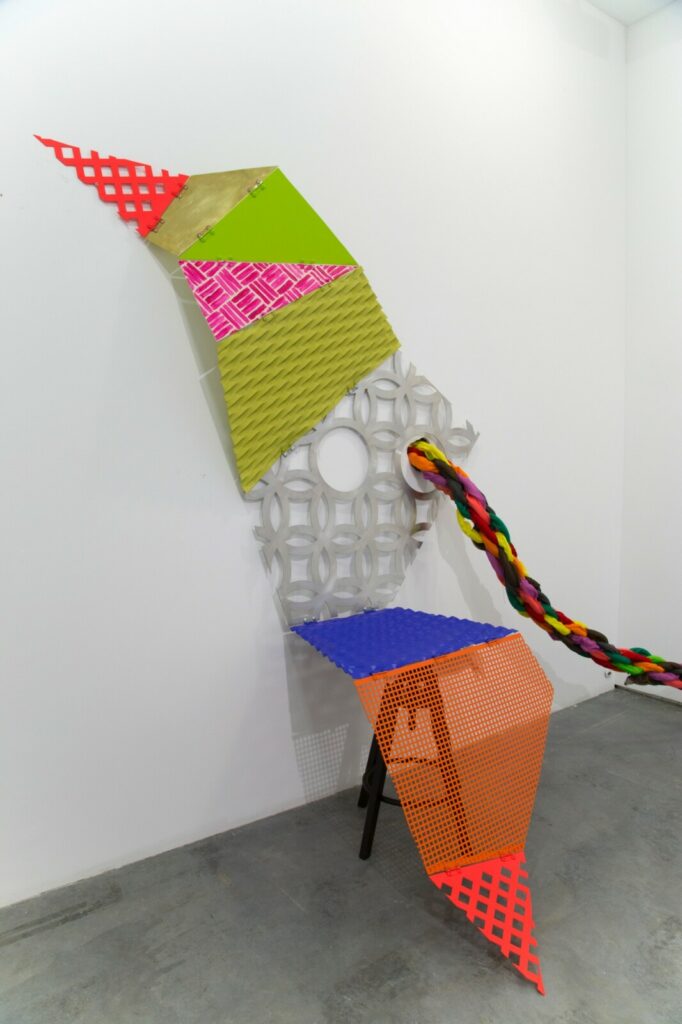

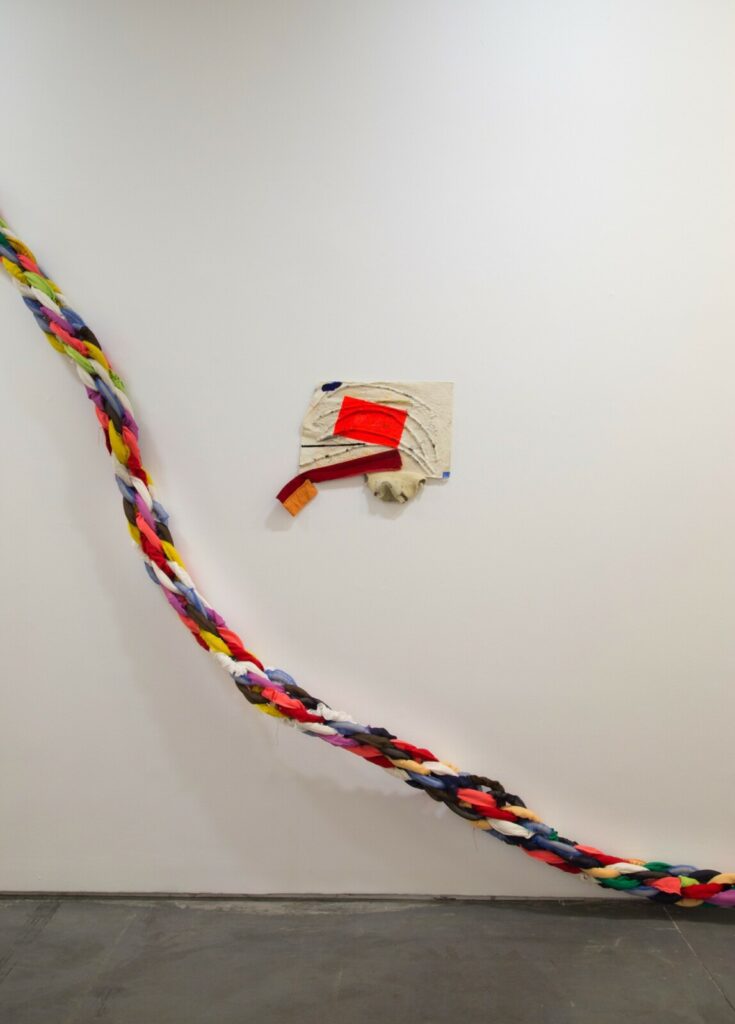
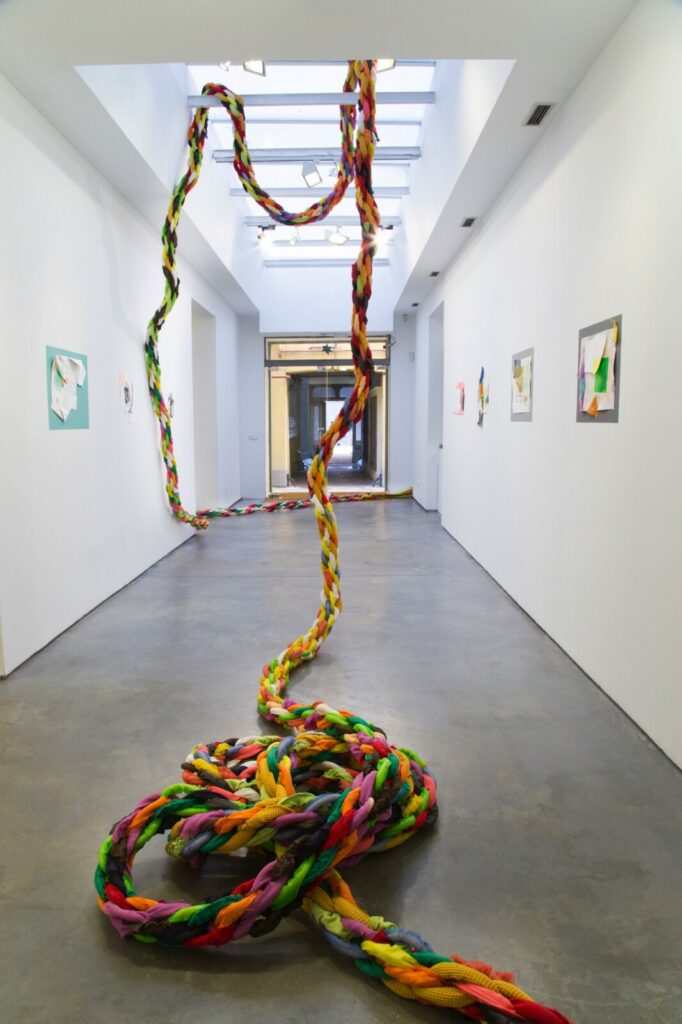

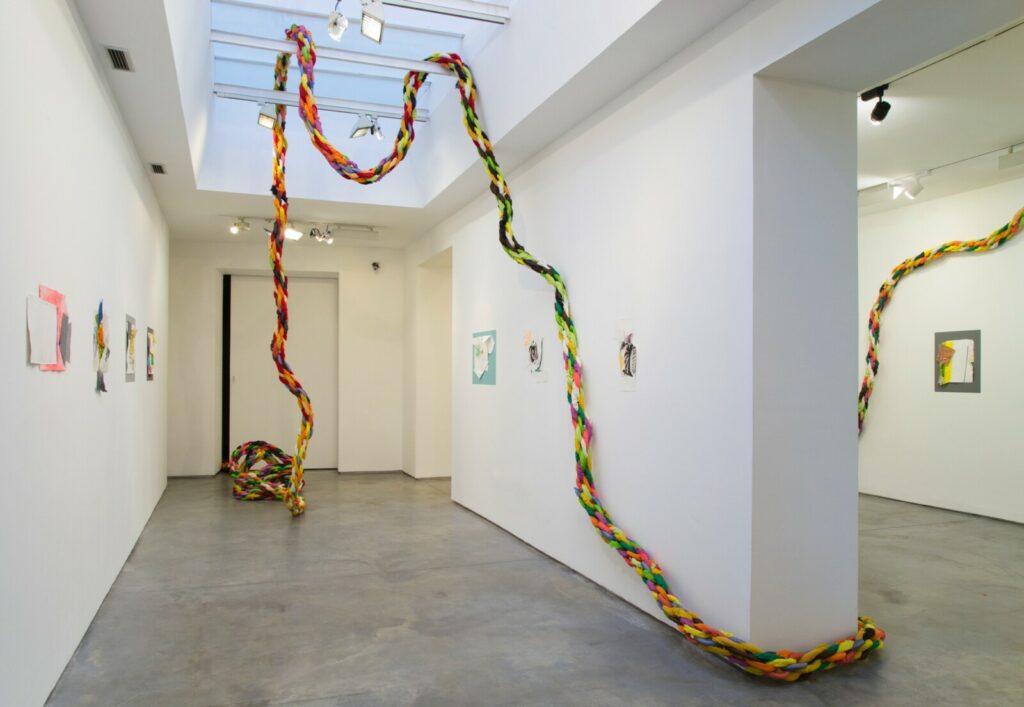
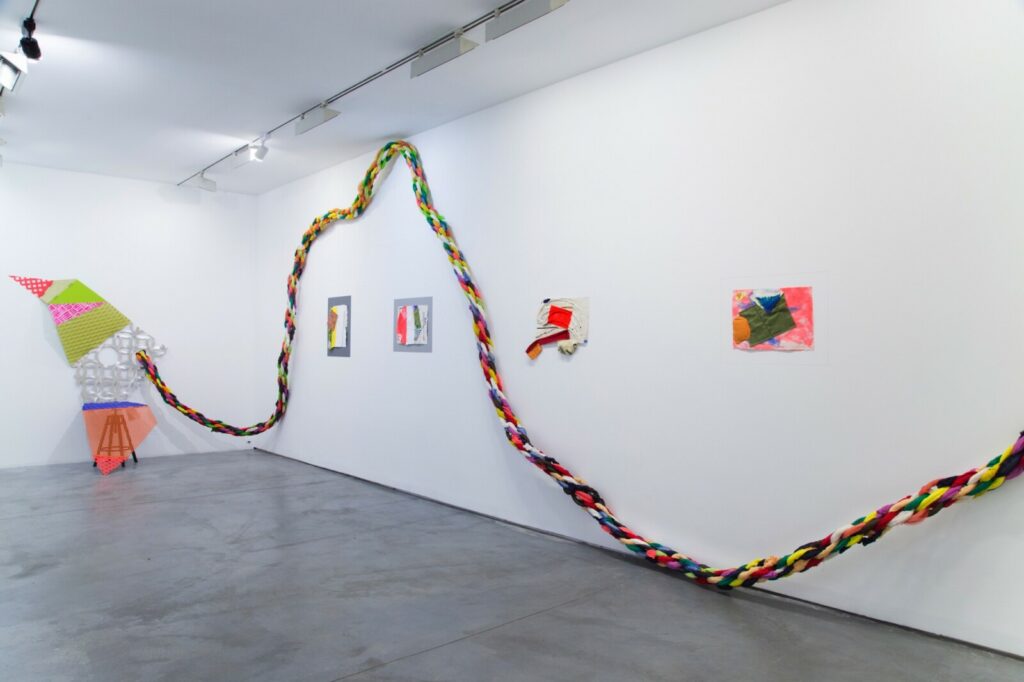
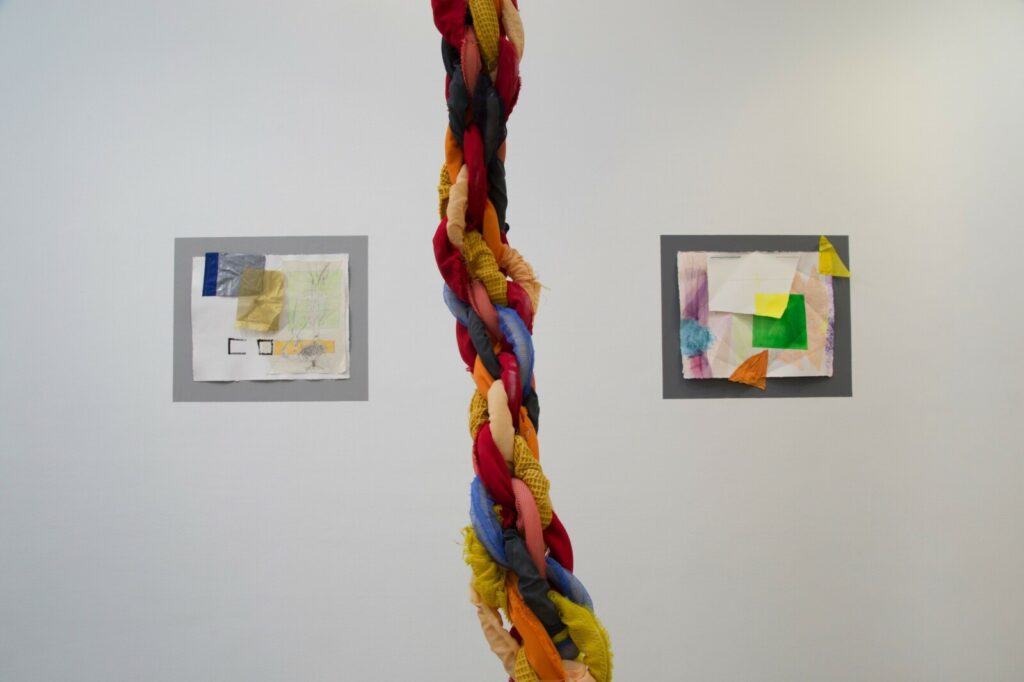
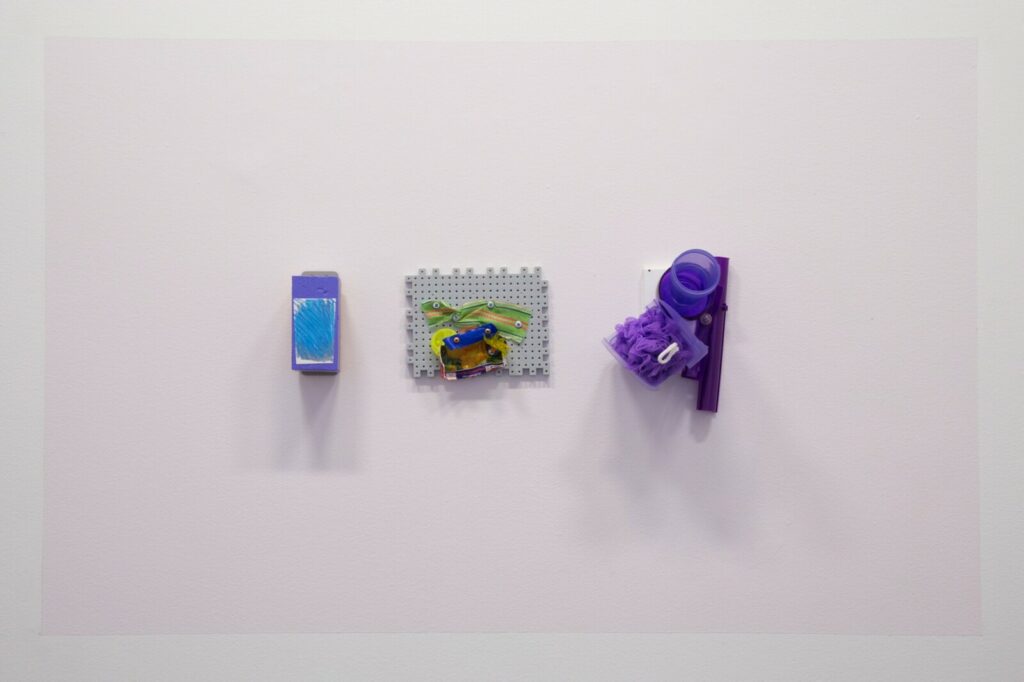
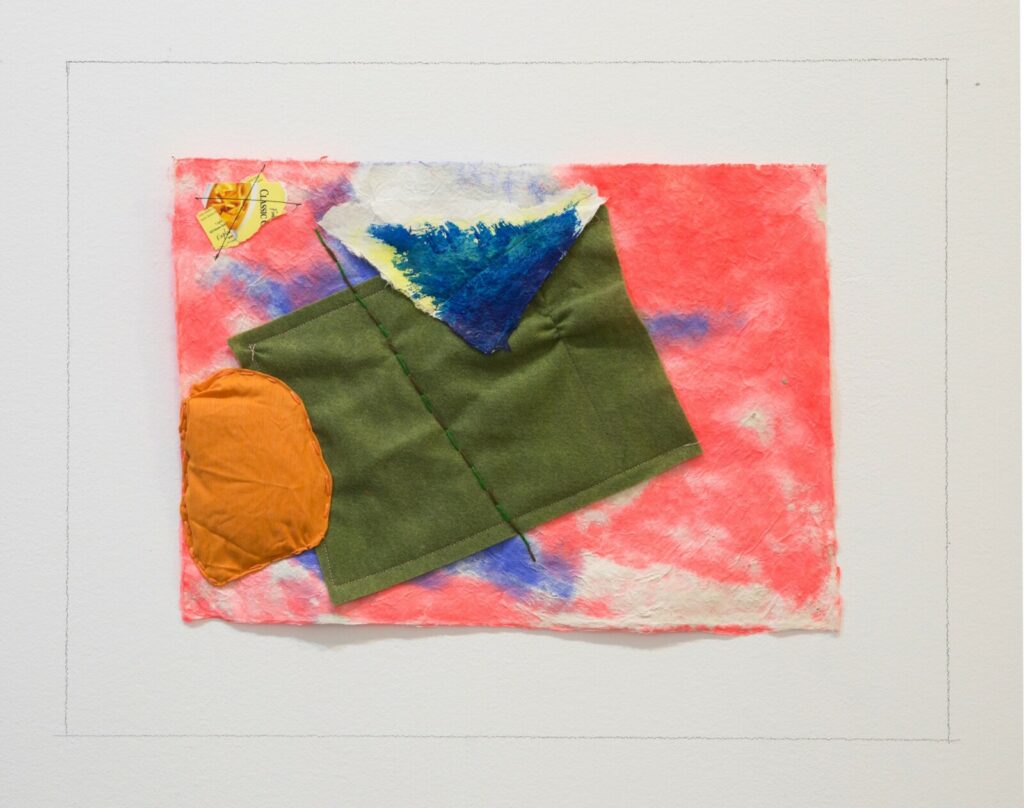
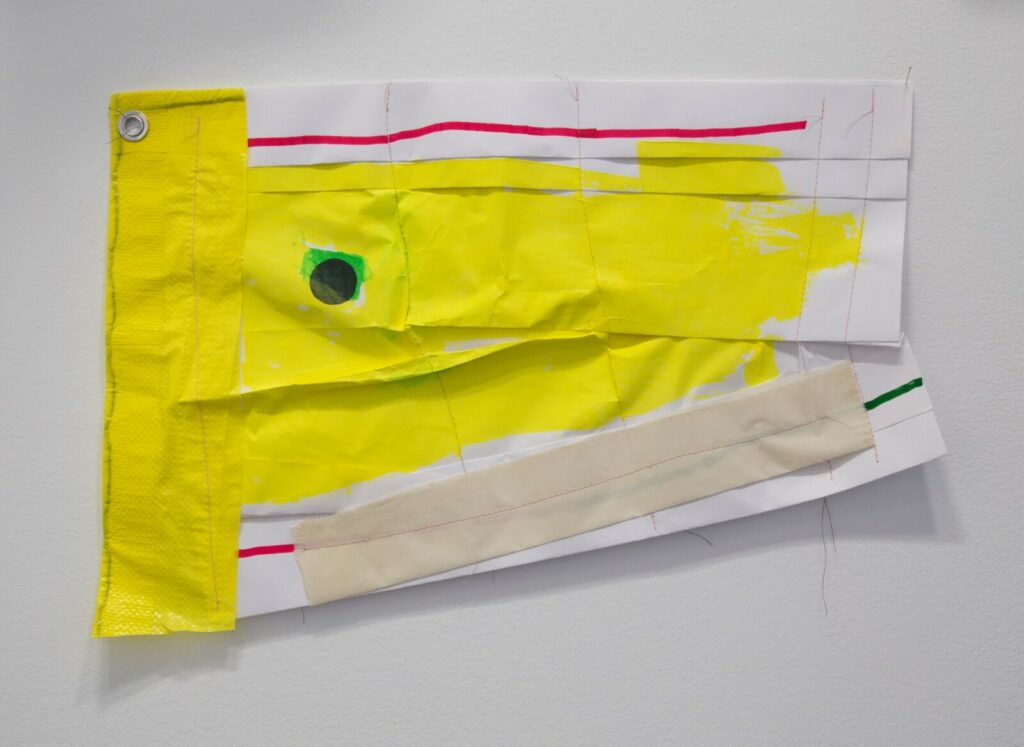
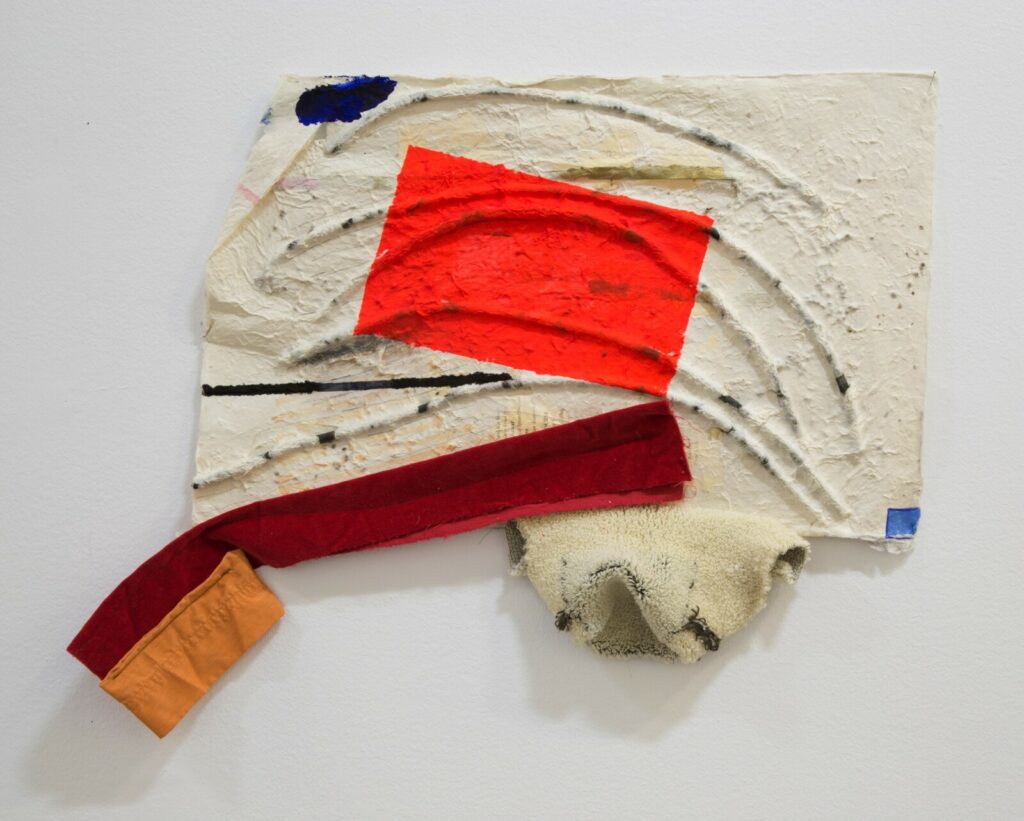
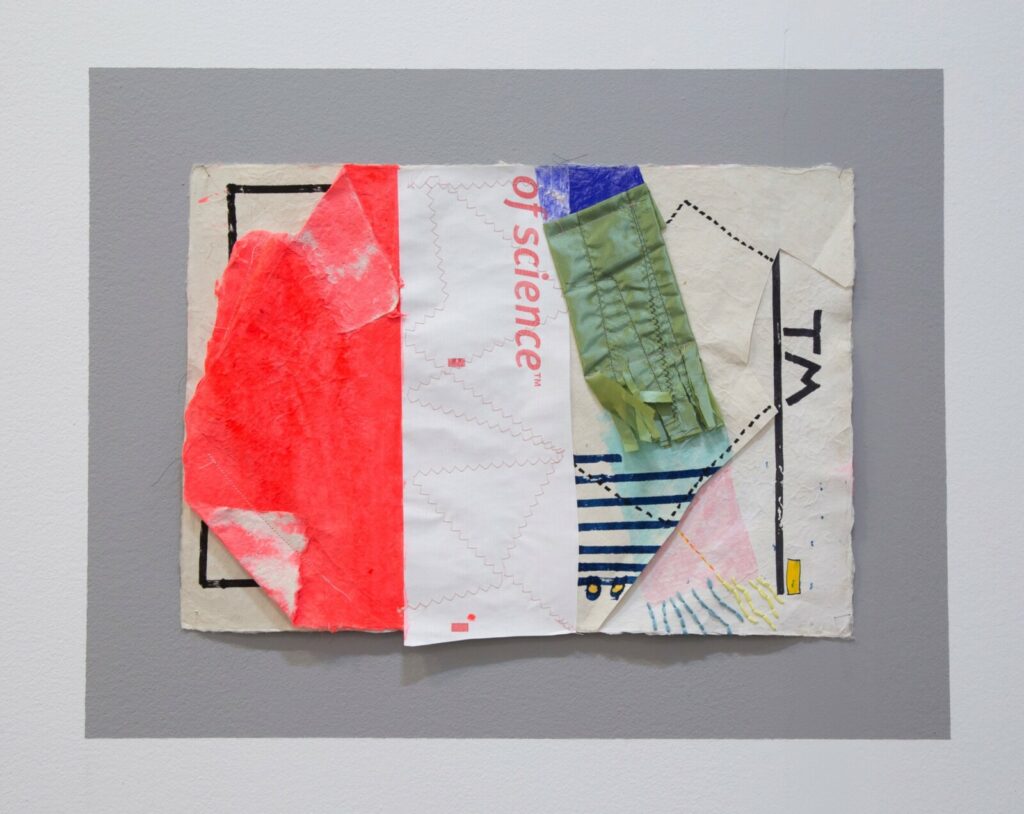
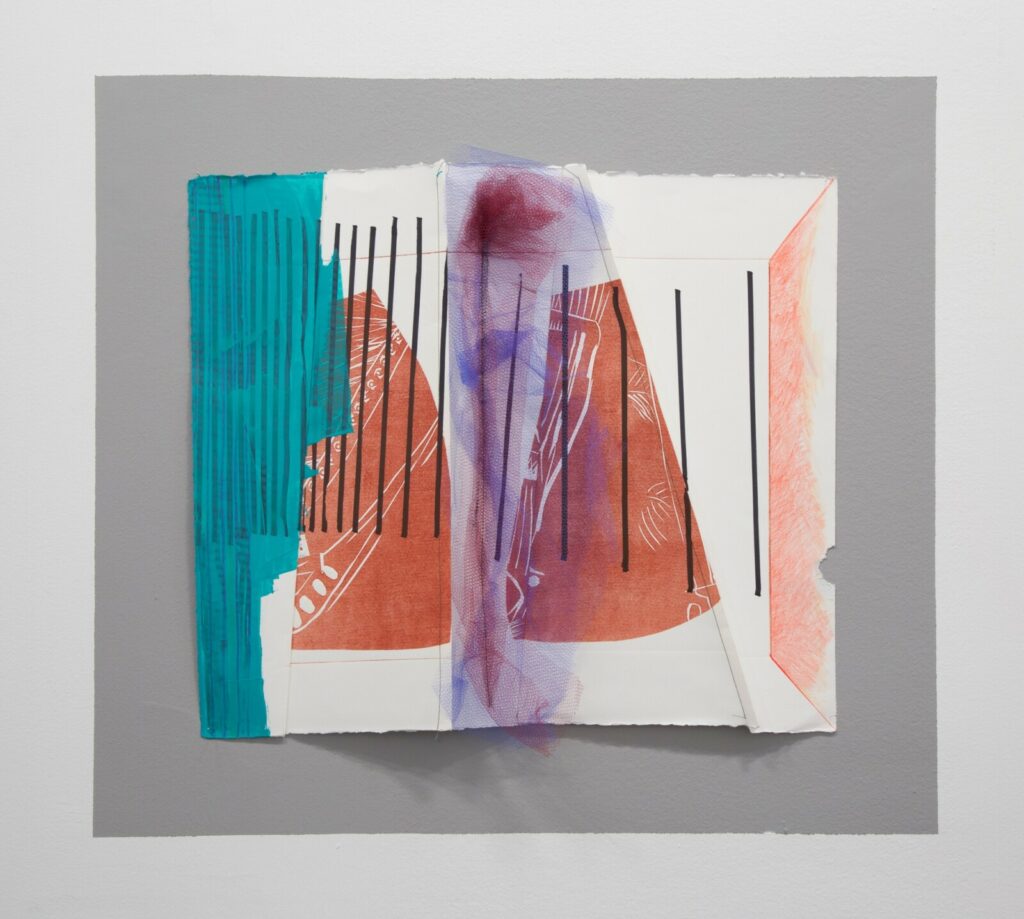

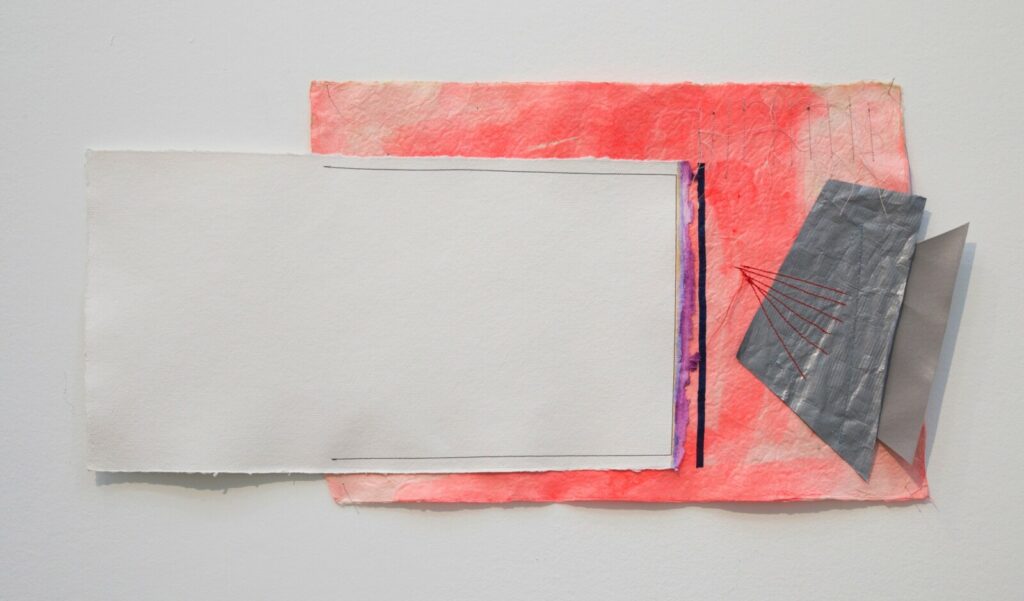
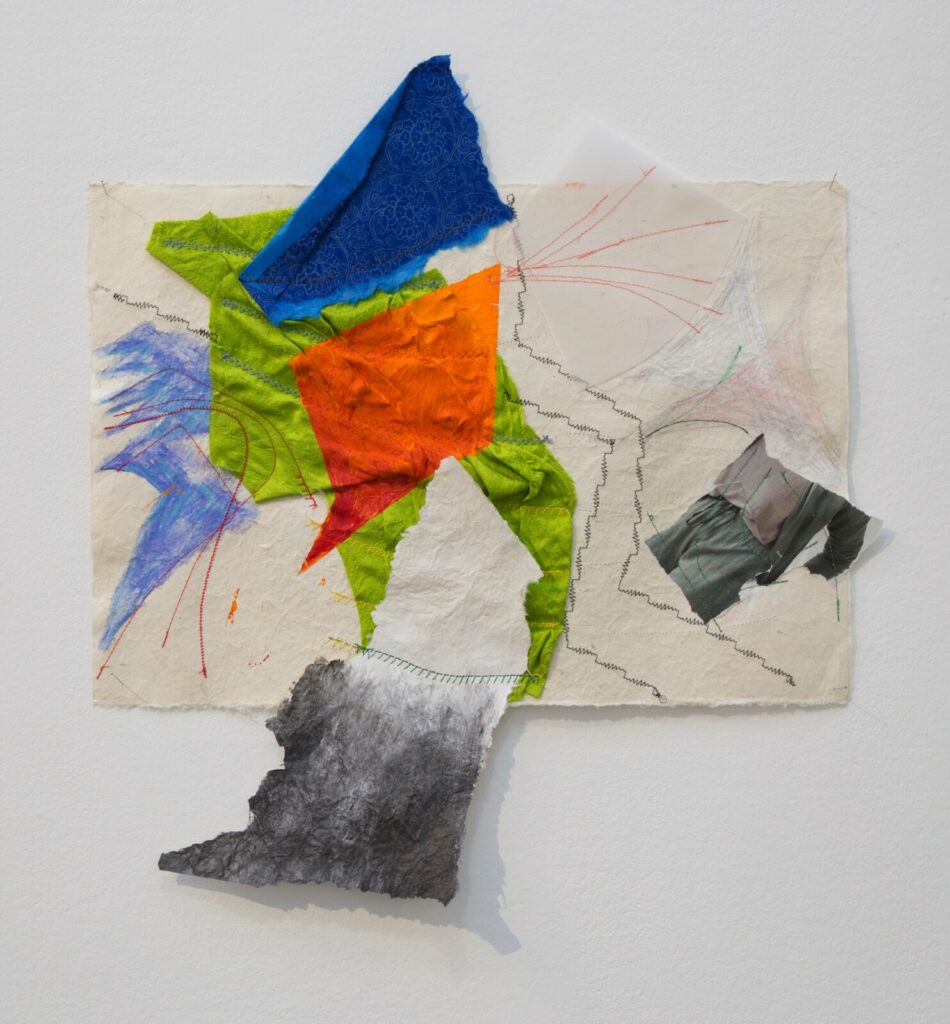
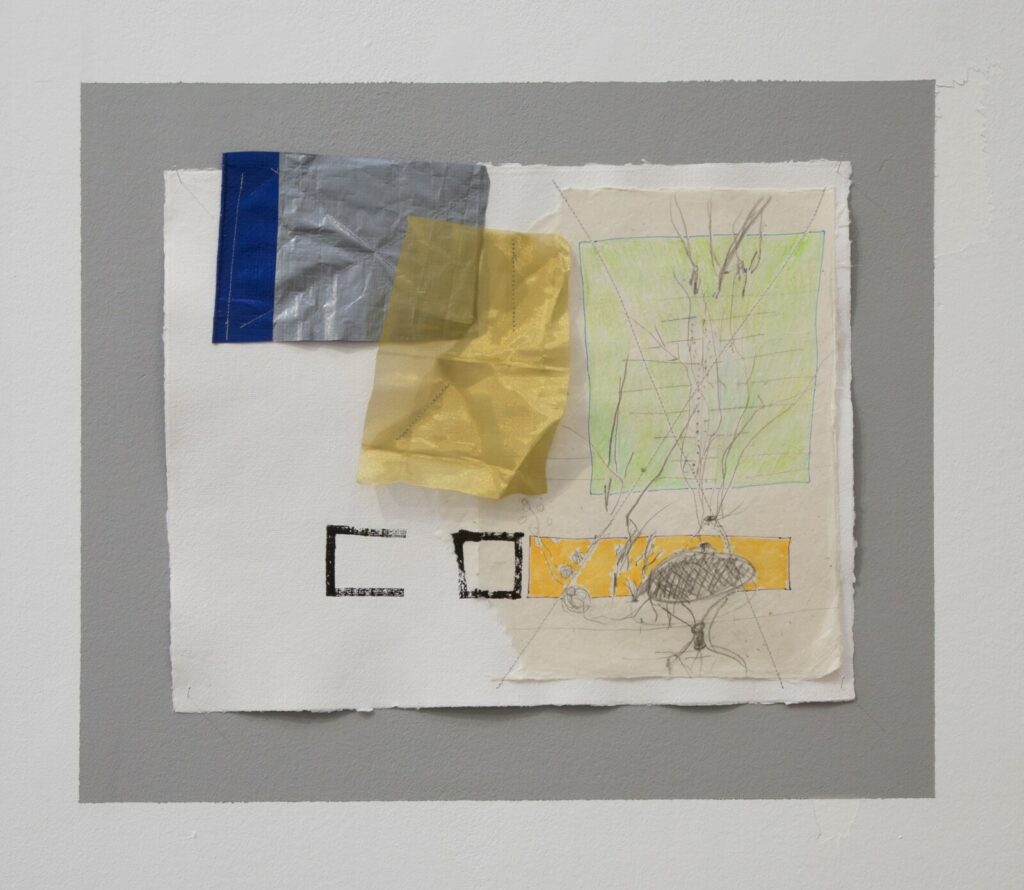
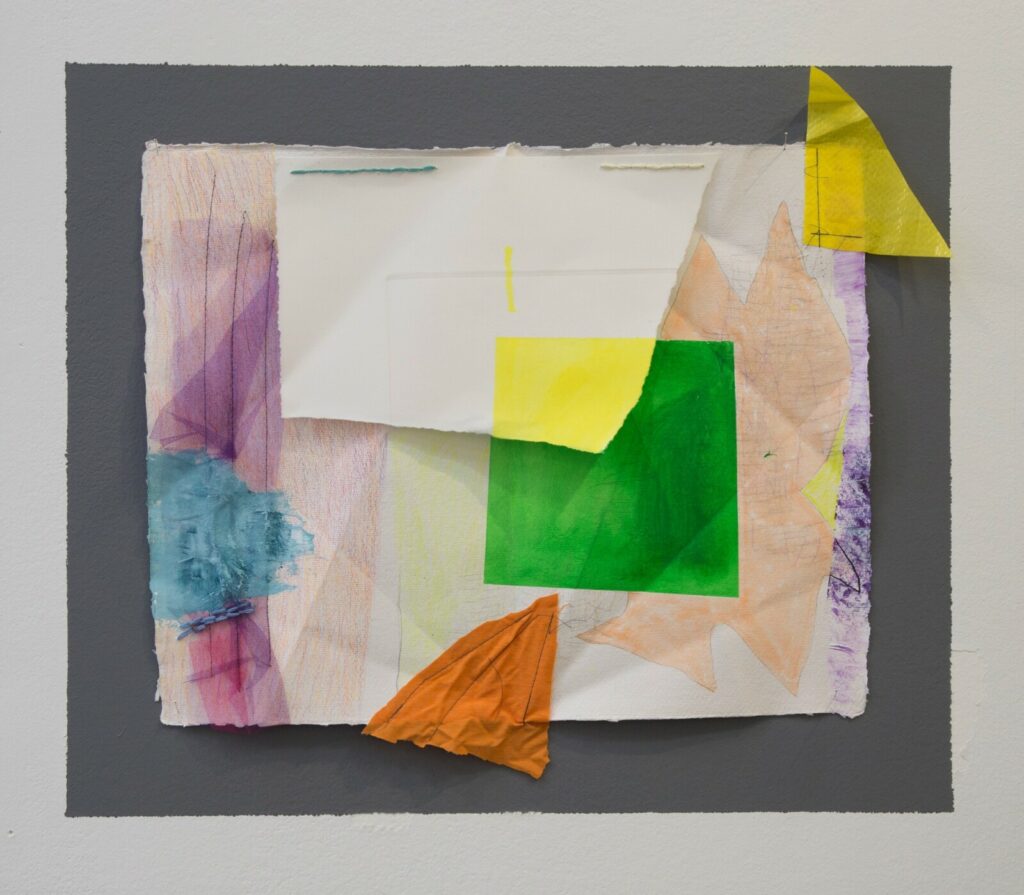
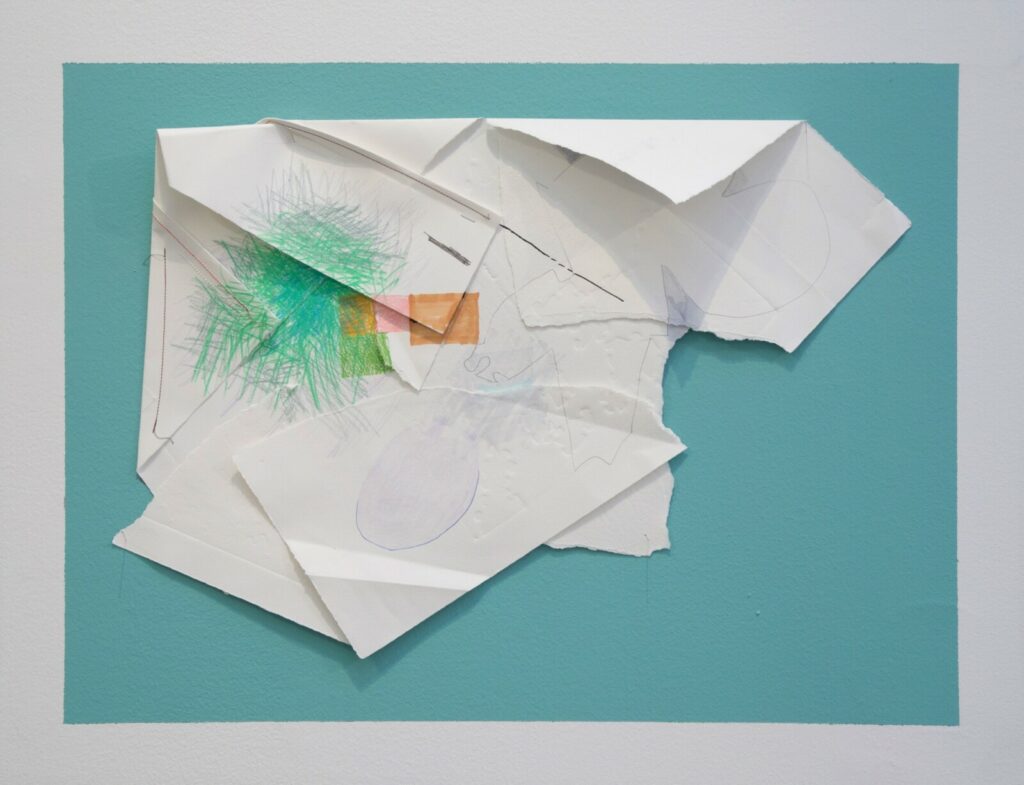
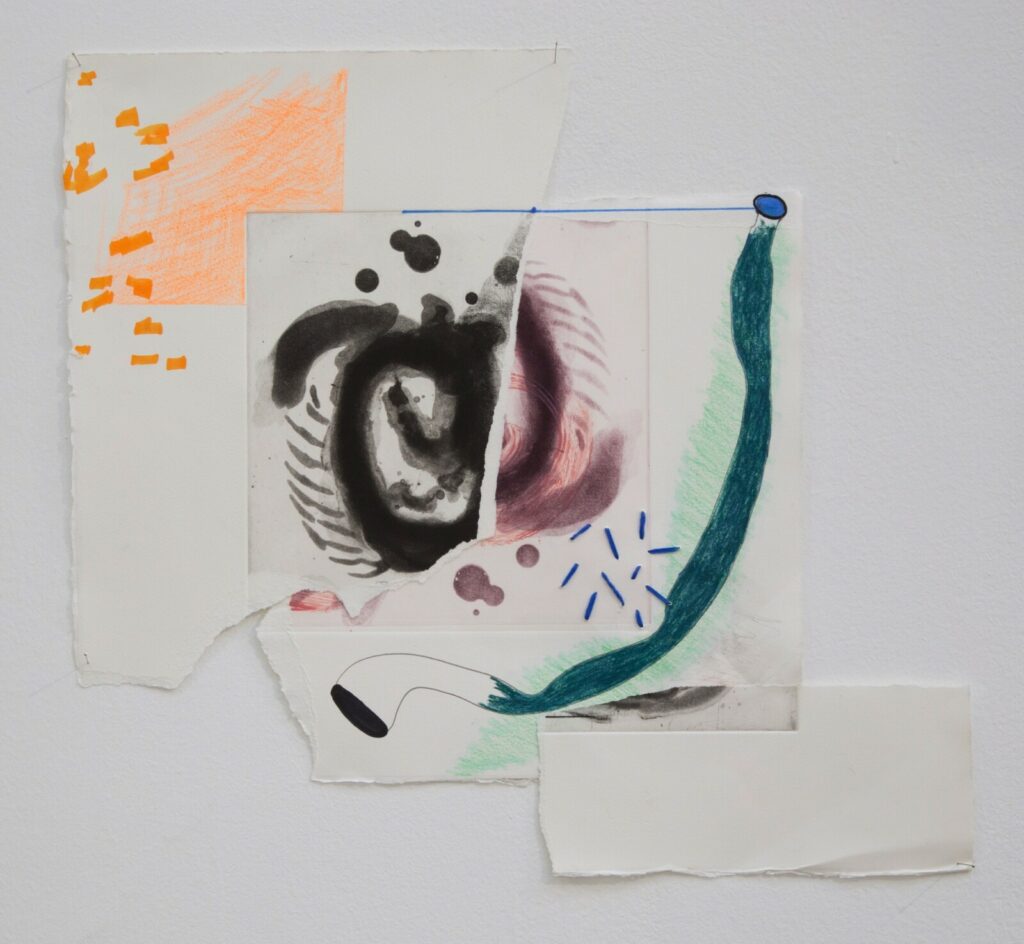
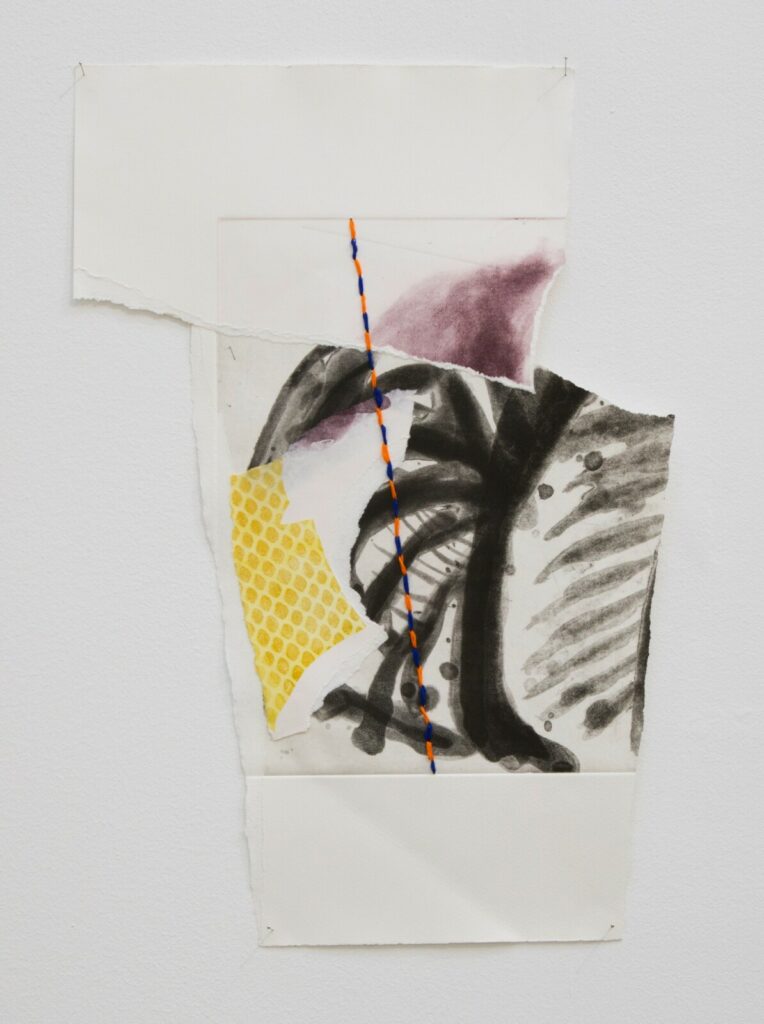
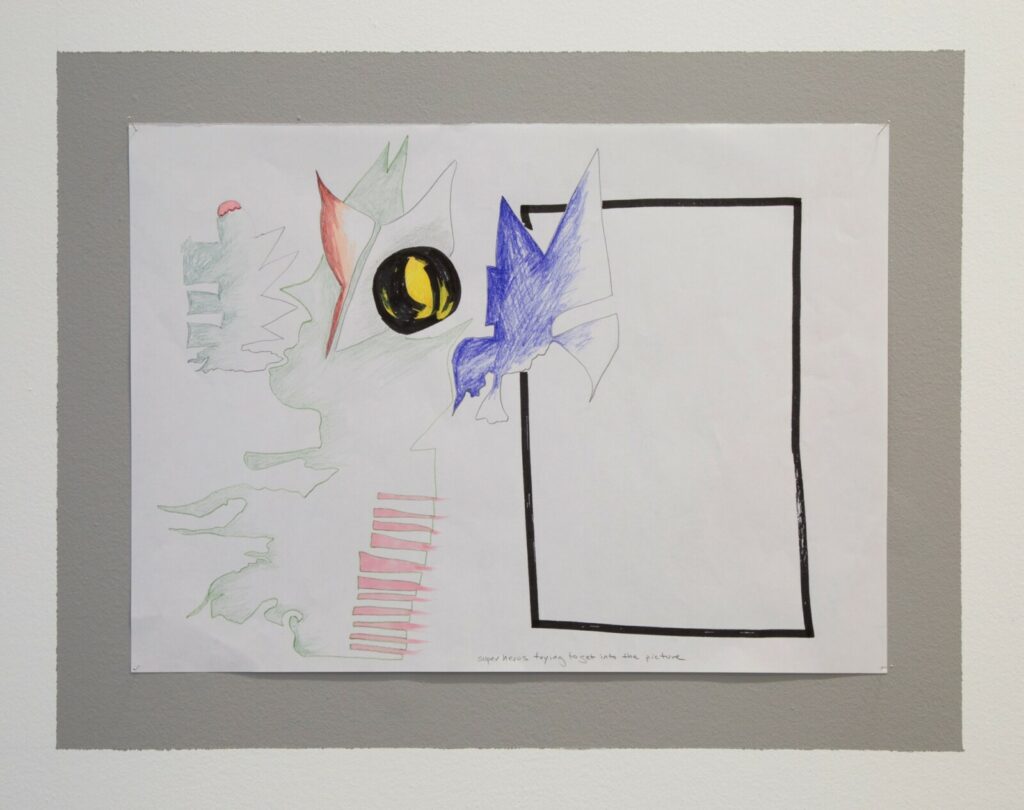
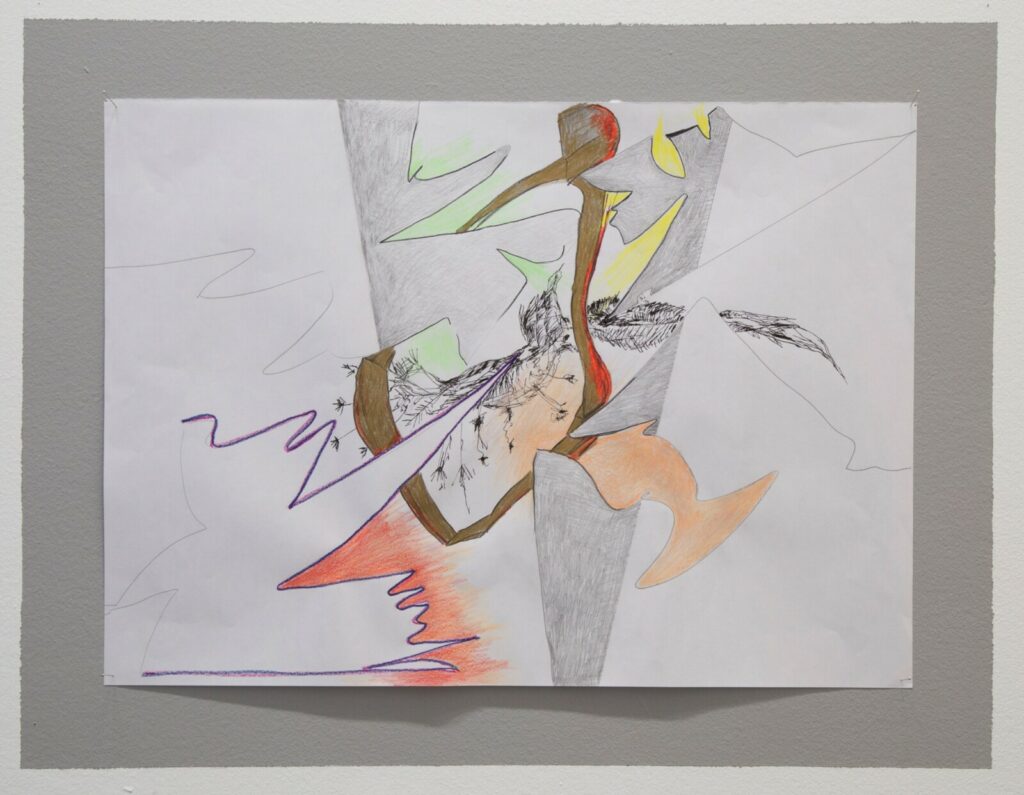
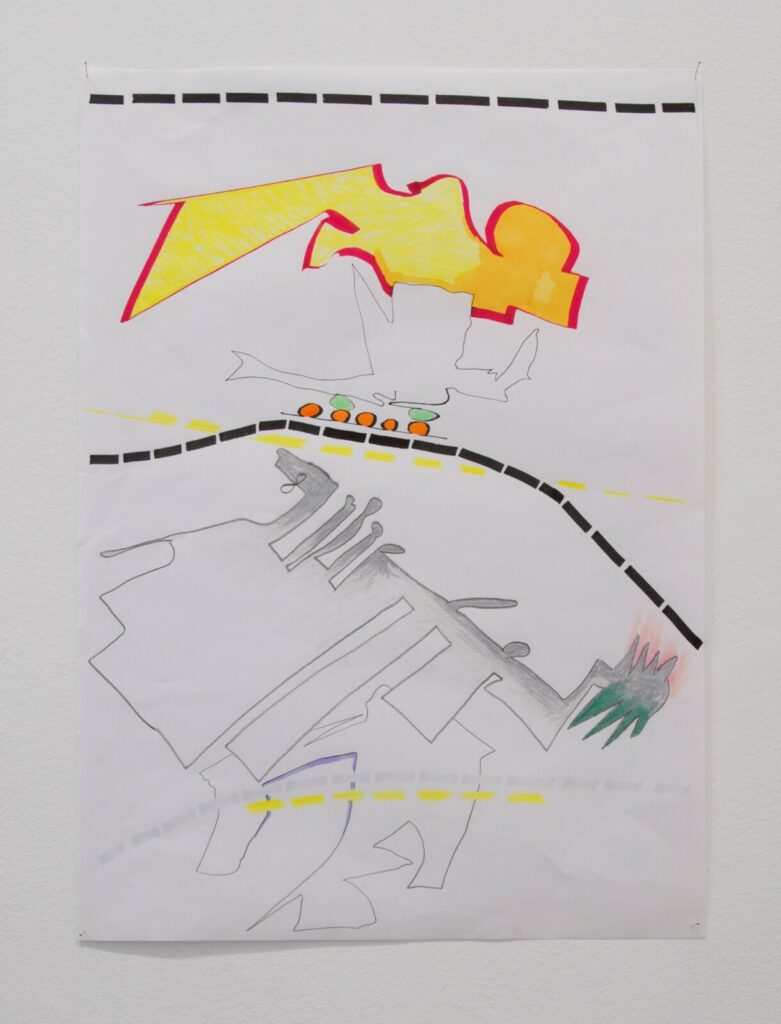

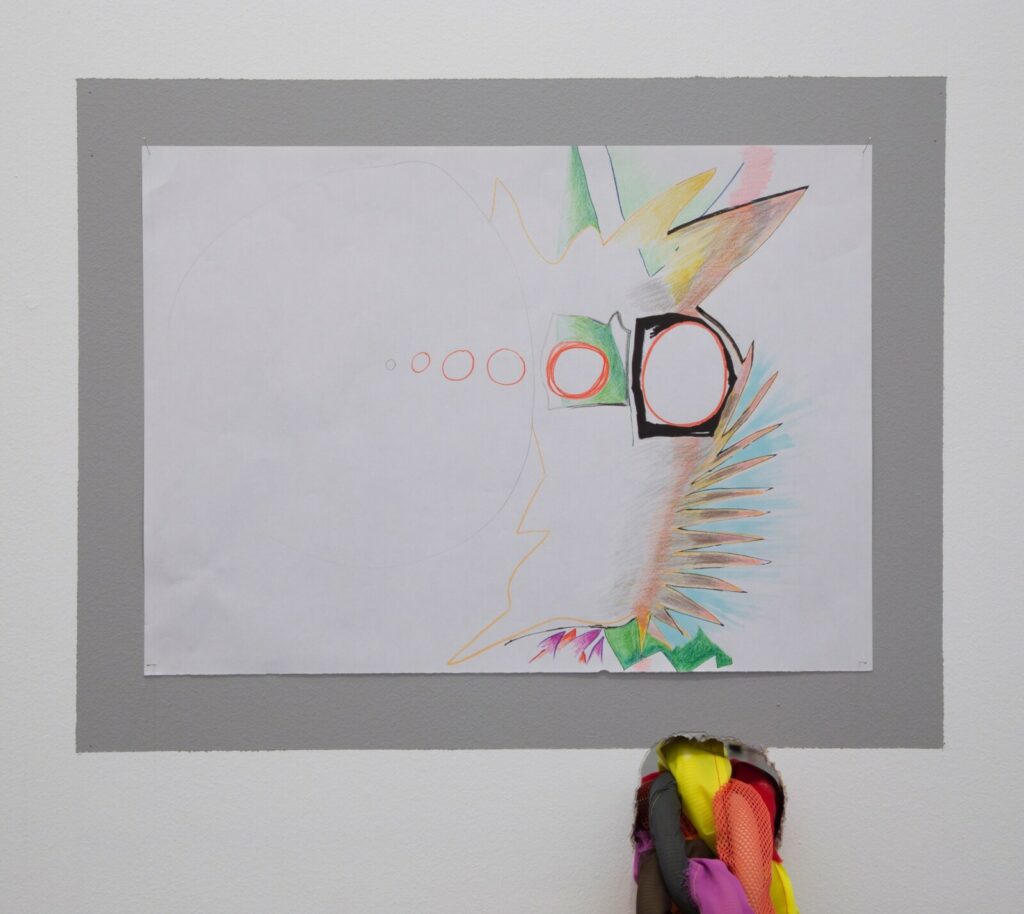
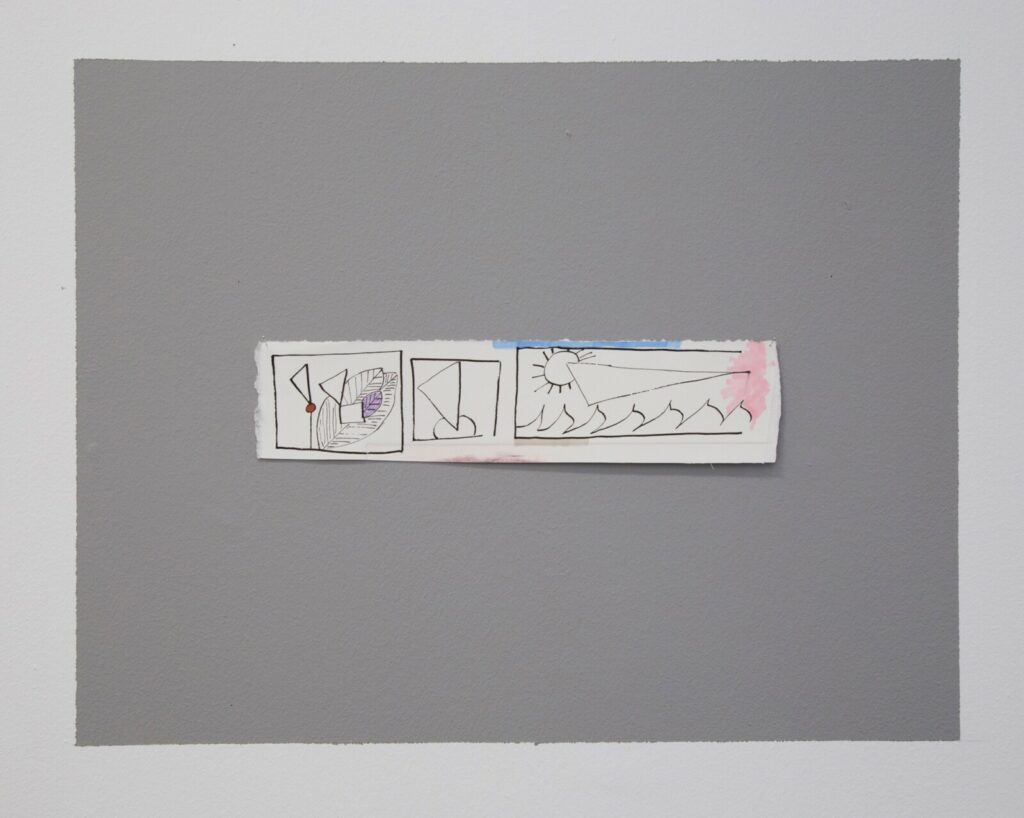
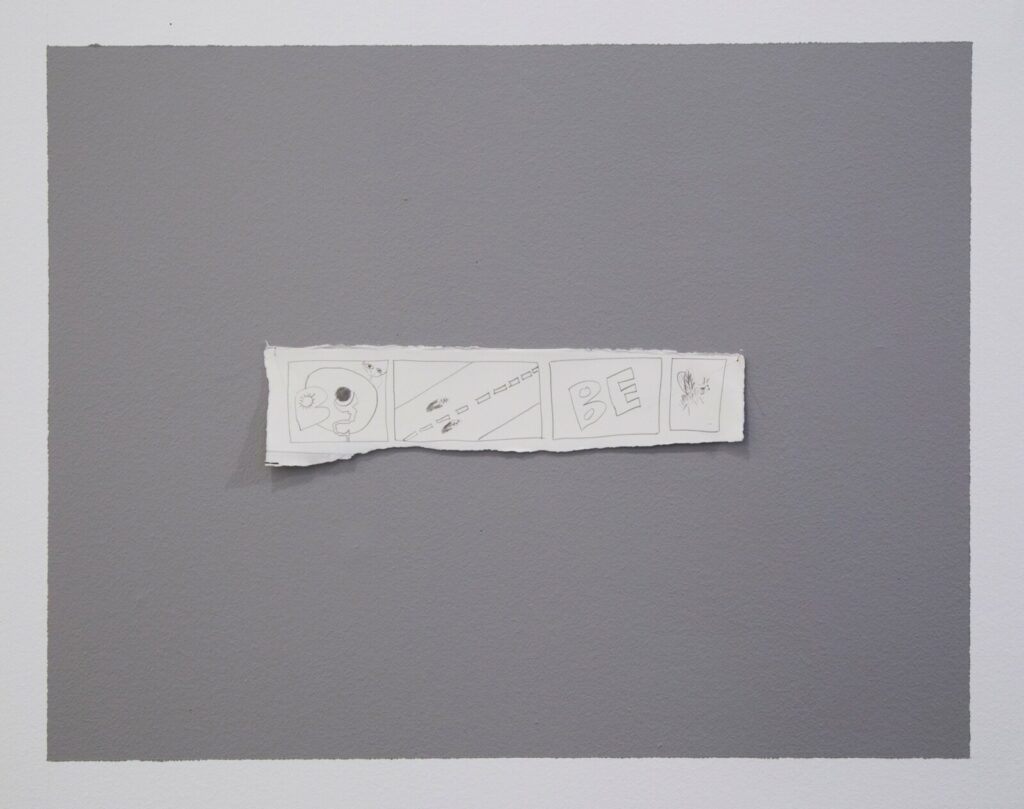
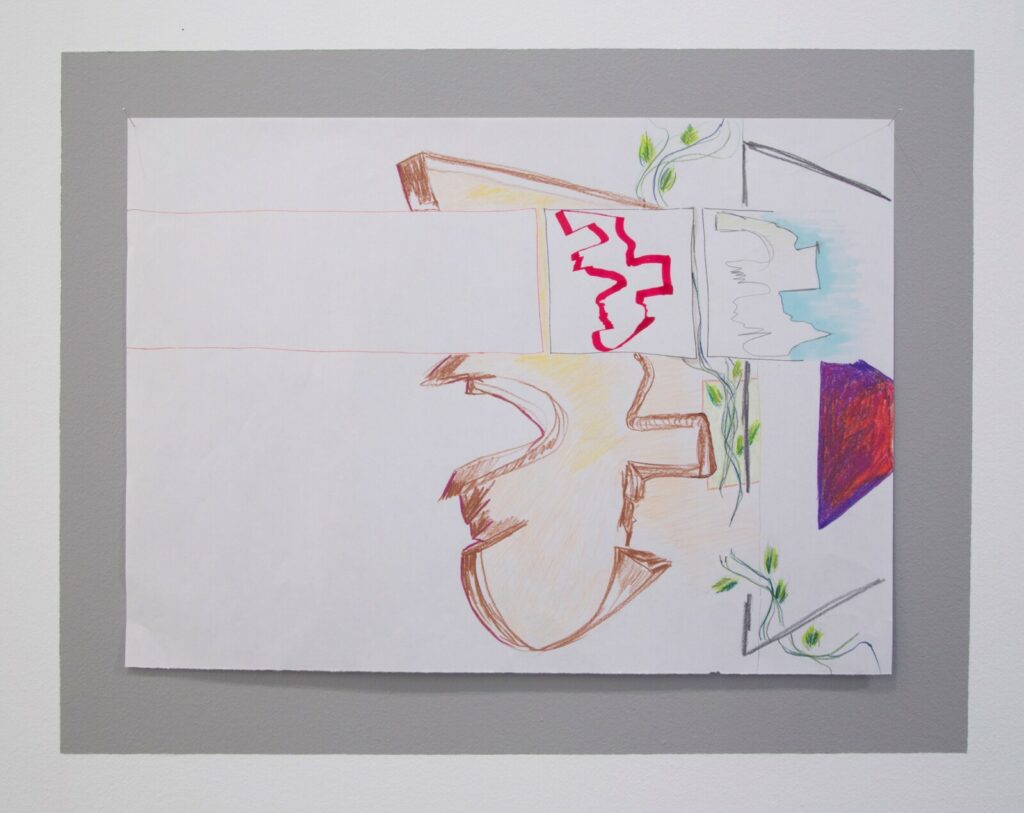

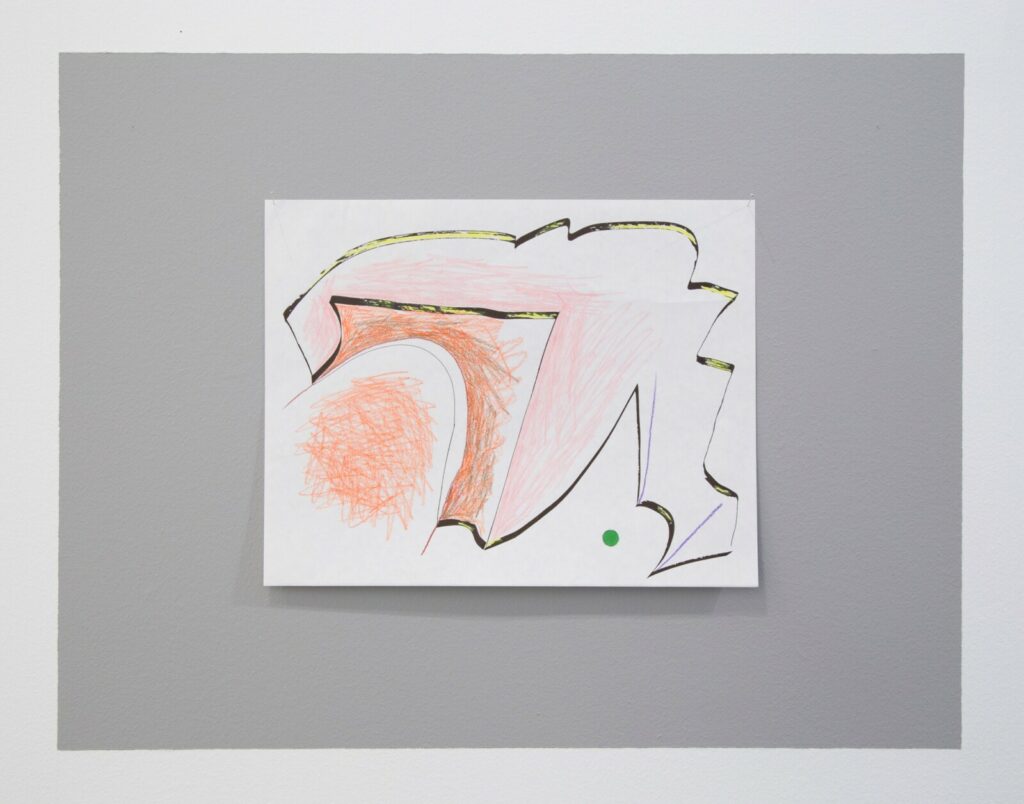
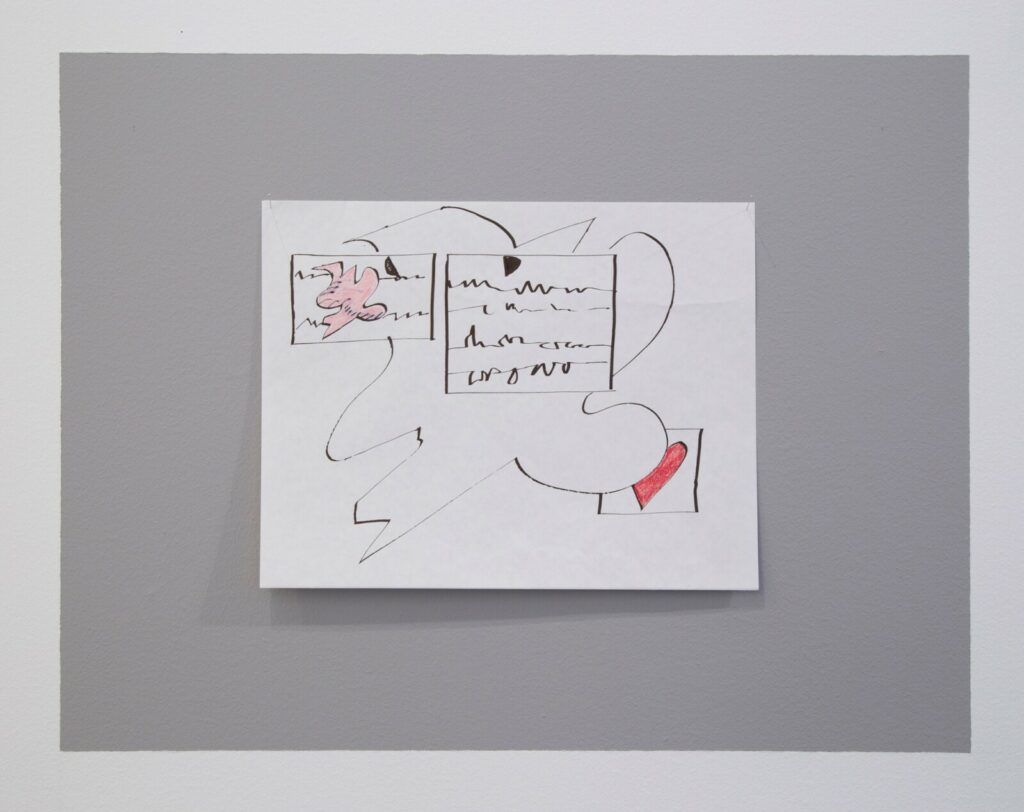
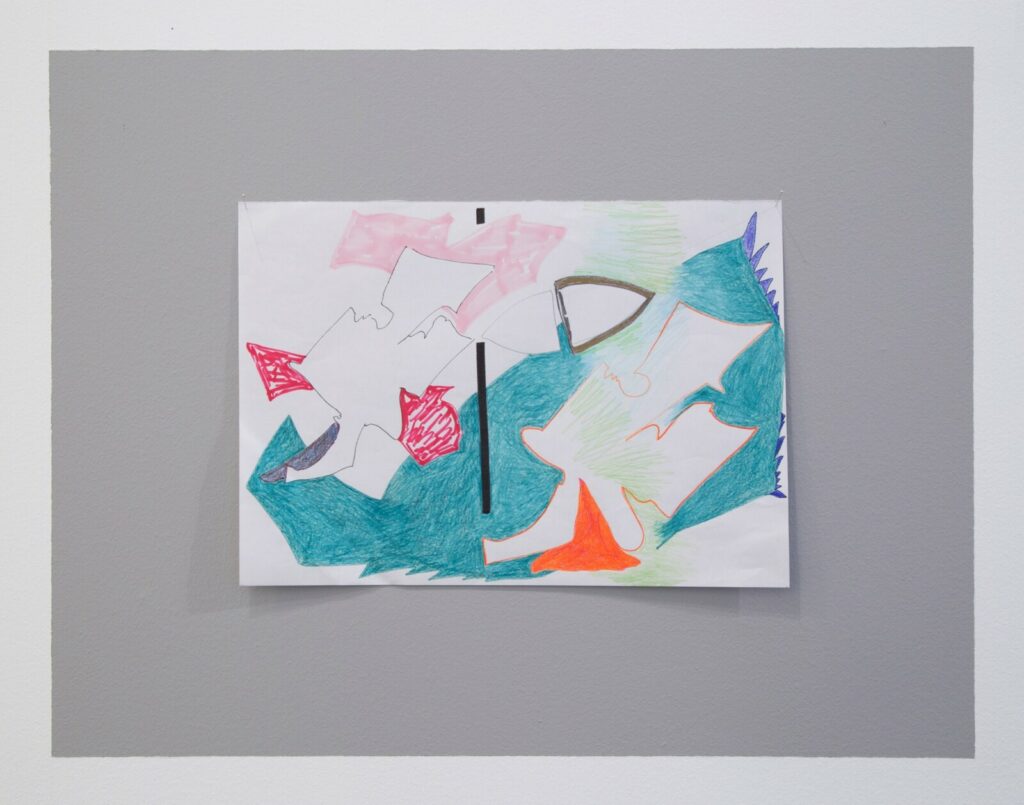
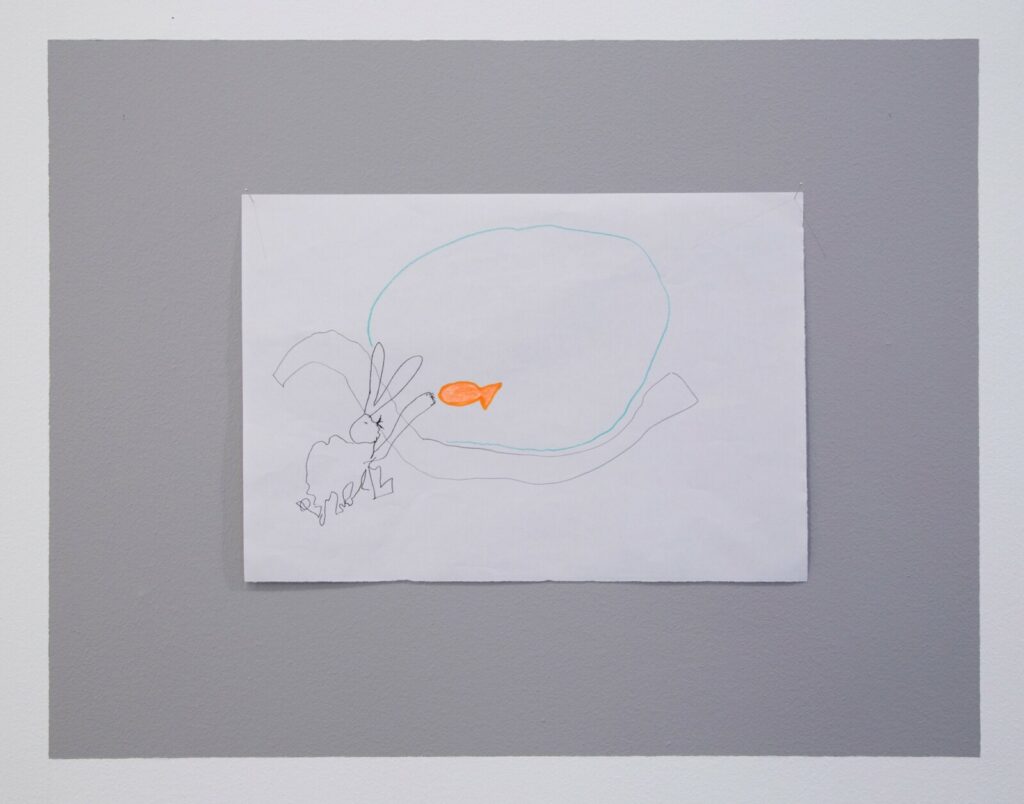
Date: January 15 – March 6, 2021
Place: Max Estrella Gallery, Santo Tomé 6, patio 28004 Madrid, España Max Estrella Gallery
Max Estrella is delighted to present Jessica Stockholder’s (Seattle, 1959) most recent work. The exhibition is titled Tied to be fit, and includes a series of pieces named Corona Homeworks and the installation Assist: Tied to be fit – Middle Period, which gives the exhibition its title.
Jessica Stockholder is considered one of the most influential contemporary artists of our time. Through architecture and public space, she develops a sculptural practice that results both in monumental creations and in assemblages of different materials and shapes. Symbiosis between color and materials generates pictorial and sculptural forms that resonate in unison, lacking any hierarchies. Both lines of work are present here, her third exhibition at Max Estrella.
In the artist’s words, “The Homeworks were made in my home during the time that my studio, which is on the campus of the University of Chicago, was inaccessible to me during the Coronavirus lockdown. They were made with various different kinds of paper, fabrics, paint, markers, pencil crayons, glue and a sewing machine. At the outset I aimed to make one every day. How we manage to live and work with the limits of our circumstances is how we generate meaning and beauty. I took up the challenge presented by my reduced circumstances with interest and pleasure, and from the quiet of my home I put together these works while I watched, and felt, the weight of tragedy unfolding around me.”
Assist: Tied to be fit – Middle Period is the most recent addition to a series of works titled Assists. These works don’t stand up on their own and require some kind of a prop. The piece was fabricated in Madrid following direction embodied by a small maquette. The rope was the starting point – left over from elsewhere. The rope, like the roots of a very aggressive bamboo plant, snakes its way, back and forth, through the gallery walls. And, like a piece of hardware, the rest of the work is bolted to the floor and the wall, making clear that though ‘elsewhere’ may figure highly, this installation of the work is here and now beckoning to the breathing, moving body, as if to offer a seat.
Jessica Stockholder lives and works in Chicago. She has exhibited extensively in United States and Europe, in prominent institutions such as the Dia Center for the Arts, Beacon; Centre Pompidou, Paris; Middelheimmuseum, Antwerp; Museo Nacional Centro de Arte Reina Sofía, Madrid; Power Plant, Toronto; Whitney Museum of American Art, New York; PS1 New York; SITE, Santa Fé; Venice Biennial; Kunstmuseum St. Gallen and The Contemporary, Austin, among others. Her work is part of numerous collections, including the Chicago Art Institute, the Albright-Knox Art Gallery, LACMA, the Vancouver Art Gallery, the Centraal Museum, Utrecht and the Stedelijk Museum, Amsterdam. During her career, she has received numerous awards, such as the Lucelia Artist by the Smithsonian American Art Museum. In 2018, she was chosen for the American Academy of Arts and Sciences.
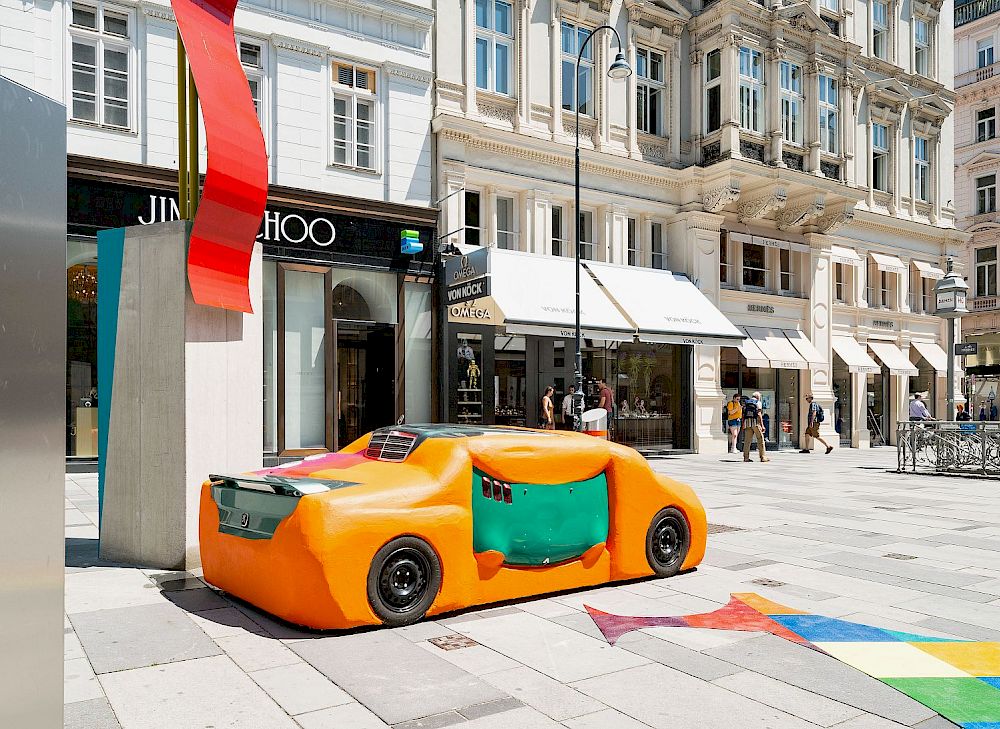

Date: Opening June 27, 2019
Place: Kunstplatz Graben, Höhe Graben Nr. 21, 1010 Wien
KÖR Kunst im öffentlichen Raum Public Art Vienna
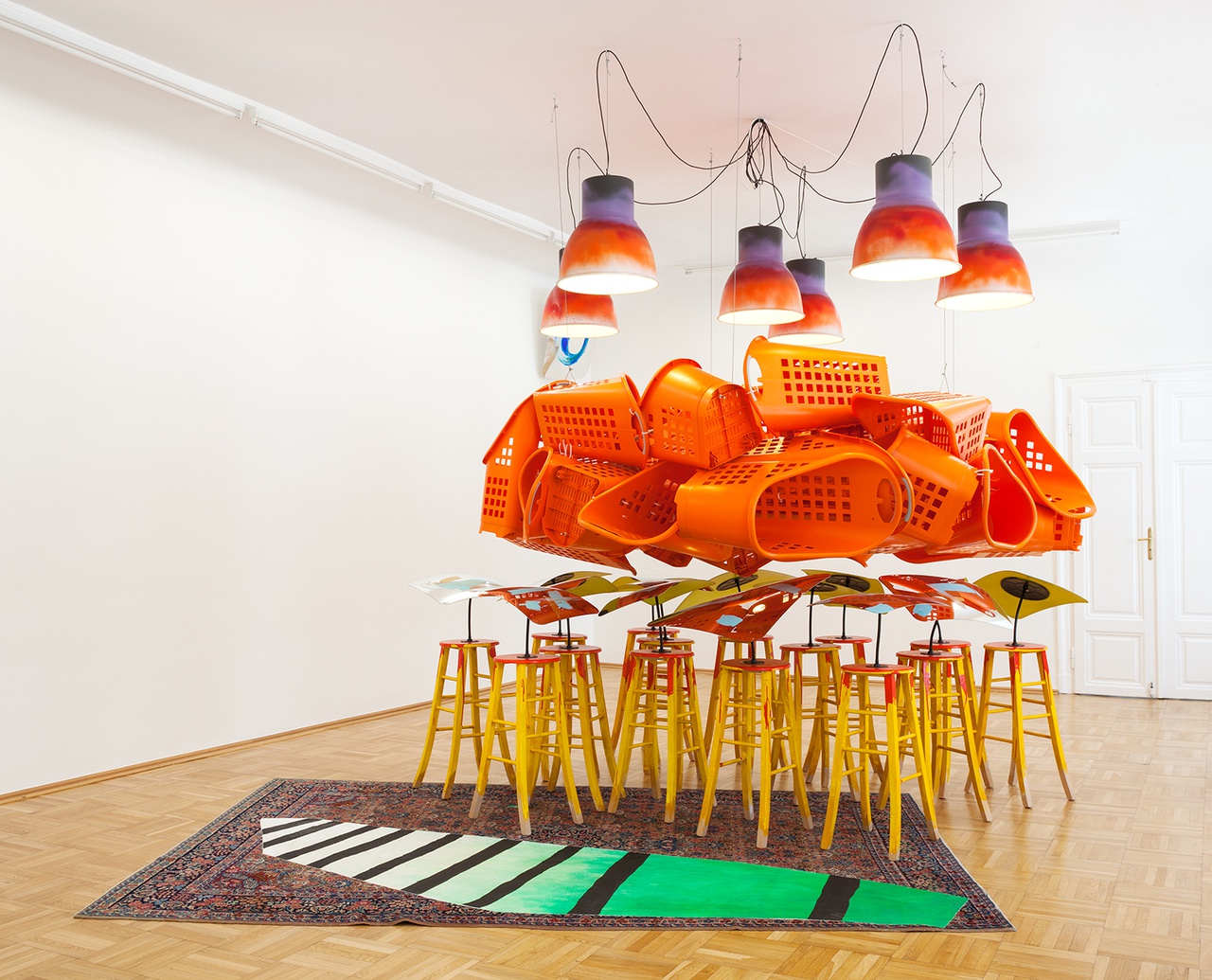
Date: Opening April 19, 2019
Place: Centraal Museum, Utrecht, The Netherlands
Centraal Museum
Exhibition catalogue Read/download exhibition catalogue in PDF format
This summer, Centraal Museum presents Jessica Stockholder: Stuff Matters. Jessica Stockholder (USA 1959) came to fame in the early 1990s with colourful and picturesque as well as monumental installations. In her work, Stockholder combines all sorts of everyday items – ranging from umbrellas and cushions to furniture and lamps – to form an overwhelming composition. Through her playful manipulation of form and colour, she is able to transform the entire room.
With her open-minded approach to the world, Stockholder aims to disrupt our usual view of the items and materials that surround us daily, and to subvert our notions regarding what’s worthwhile and worthless.
In this exhibition, Jessica Stockholder acts as both artist and curator. In addition to a retrospective of her oeuvre, she applies her unique perspective to select objects from the museum’s various collections. The exhibition Jessica Stockholder: Stuff Matters will run from 19 April to 1 September 2019.
Date: Opening May 21, 2016
Place: Galerie nächst St. Stephan, Vienna, Austria
Galerie nächst St. Stephan
We are proud to present the third solo exhibition at our gallery of the American artist Jessica Stockholder. In addition to the room-filling work Lay of the Land, we will also show several of her more recent works. Jessica Stockholder has been creating abstract and complex three-dimensional pictures that combine a broad variety of everyday objects since the 1980s. Her work is born out of artistic traditions like Abstract Expressionism, Color Field painting, Pop art, and ready-mades and has continued to contribute to the dialogue between painting, sculpture, and installation. Located between the poles of pictorial effect and three-dimensional presence, her works lend meaning to the space they occupy. Stockholder selects the objects she uses based on their material and color qualities. With the trained eye of a painter, she collects buckets, flooring material, fake furs, lamps, doors, and Lego pieces and assembles these with colored ropes or chains before creating a coherent appearance through acrylic and wall paint. The end result represents a complex relationship between the illusionistic space of painting and the physical presence of sculpture — between painted reality and the reality of painting. Although the objects remind us of their use in everyday life and hence our own subjective experience, Stockholder’s works are purely formalist and abstract and therefore free from symbolic or narrative meaning. Rather, they represent a clash of different types of perception; they question our sense of reality, which we understand with the help of abstractions and systems of order. The room-filling work Lay of the Land is a bold assemblage of large drop-lights, orange shopping baskets, wooden bar stools with convex traffic mirrors attached, and an oriental rug. The mirrors, which are used to make blind spots in traffic visible, bring an additional perspective and perceptual level into the work and remind us of how Stockholder keeps the remarkable variety of elements in her works in line. Lay of the Land was originally created in 2014 for the international art exhibition “Contemporary Art & Design” in the hills around Piacenza in the Emilia-Romagna region of Italy. For this show, Stockholder has adapted the work to the dimensions of the first room in our gallery. On the walls and floors of the other rooms, we are presenting several other works by Stockholder that call our attention to the deluge of everyday objects, which she carefully arranges in her powerful and decidedly unsentimental compositions to appeal to our senses and worldly perception.
Date: Through March 2017
Place: downtown Houston, Texas, USA
Kavi Gupta Gallery
A vibrant blast of geometric shapes has taken over the intersection of McKinney and Main streets, crawling on top of buildings, light fixtures and sidewalks. Color Jam Houston by Jessica Stockholder, still in progress, represents the social and political balance between individual rights, freedoms, responsibilities and our collective well-being and coexistence.

Date: January 22 – March 14, 2015
Place: Galerie Nathalie Obadia, Paris, France
Galerie Nathalie Obadia
Date: January 9, 2015
Interviewer: Natasha Kurchanova
Jessica Stockholder talks about her work, which combines painting, sculpture, installation and language in a unique creation that calls for a close personal encounter with the viewer.

Date: December 2014
Place: Art Basel Miami, Florida